
After taking my son back to Mesquite, Nevada Expeditions and I took advantage of the last of the cool weather in April and headed to Las Vegas. We spent two days exploring Clark County, stopping on the way home through Ash Meadows. We visited 19 ghost towns, mining camps and historical sites. They ranged from rare Nissen Stamp mills to stories of a murderous mummy.
If you aren’t sure where to start, check out the Top 10 Ghost Towns of Nevada: Las Vegas.
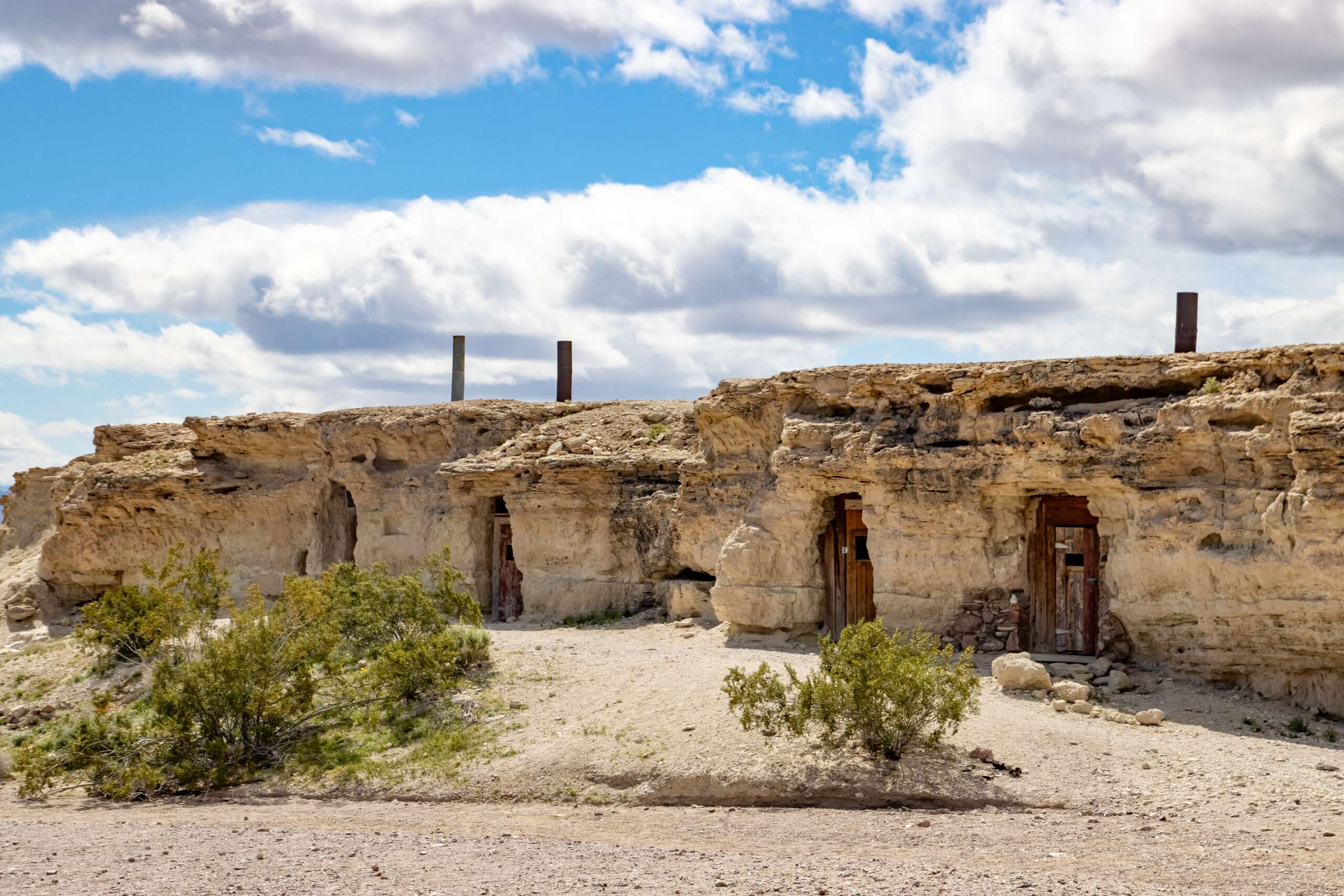
Tami’s Travels: More to follow
Below are brief descriptions of each site we visited.
Day 1
NELSON & TECHATTICUP MINE
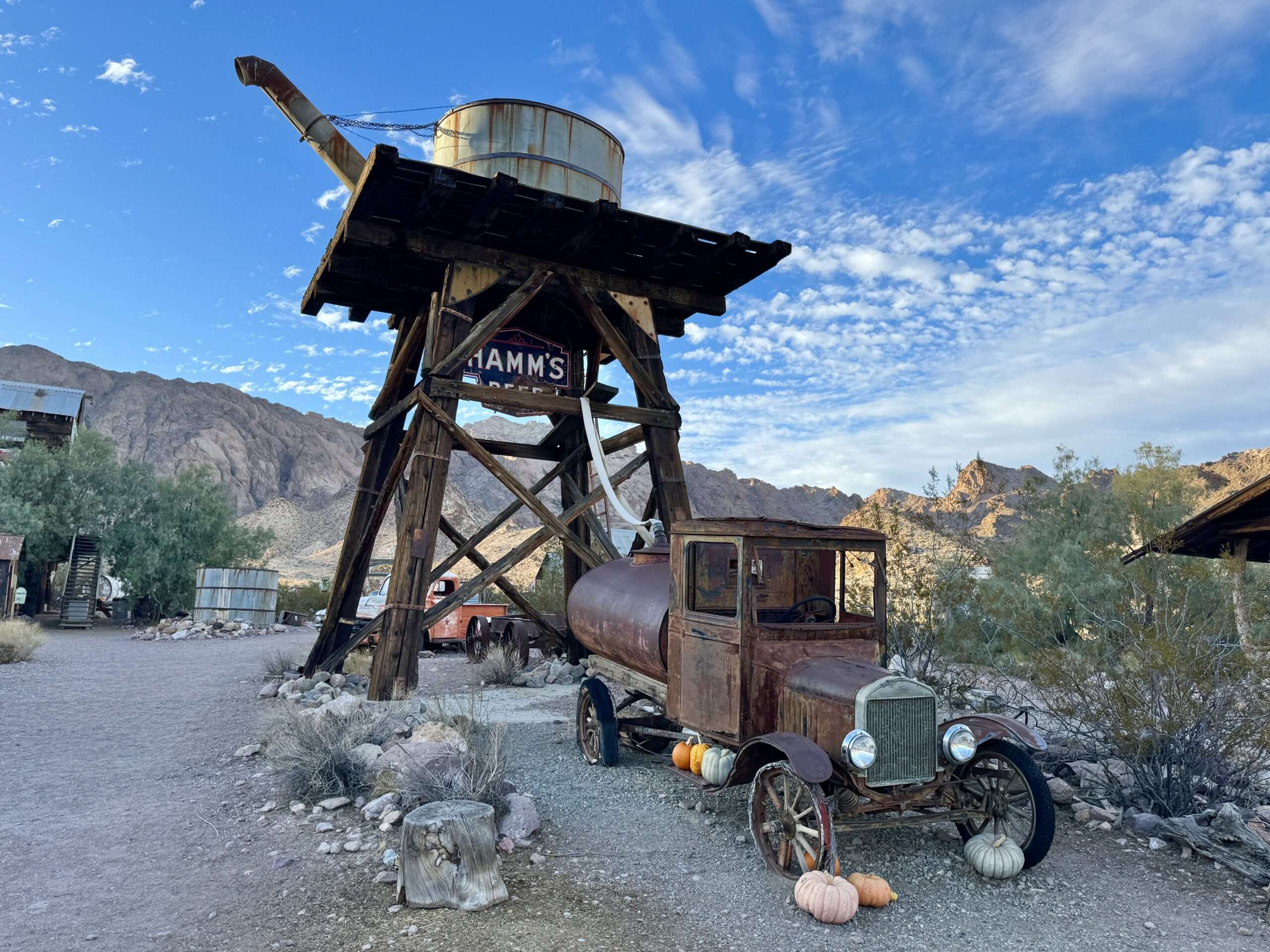
The Wild West lived up to its name in Eldorado Canyon. With the closest law enforcement over 100 miles away, gunfights and murders were a frequent occurrence. The town changed its name to Nelson following the murder of Charles Nelson and four others in 1897.
Nelson is likely the most photogenic ghost town in Nevada. The owners have amassed a collection of buildings, mining equipment, and vehicles and have them arranged as a pleasing open-air museum. Tami’s Tip: Check in first with Nelson Ghost Town at the store. They have a nice museum, and walking around costs only $1, or $10 if you are going to photograph more.
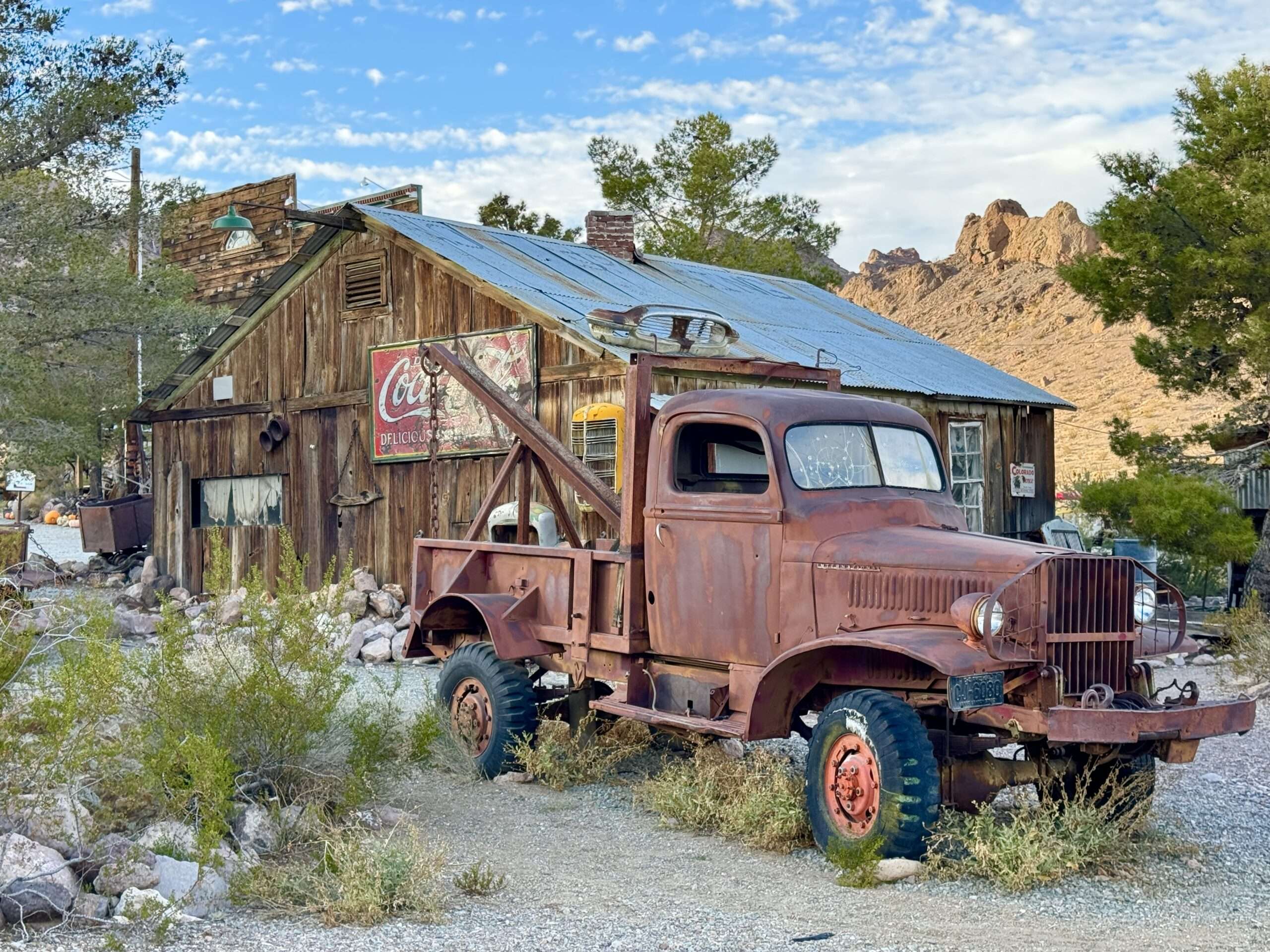
Searchlight
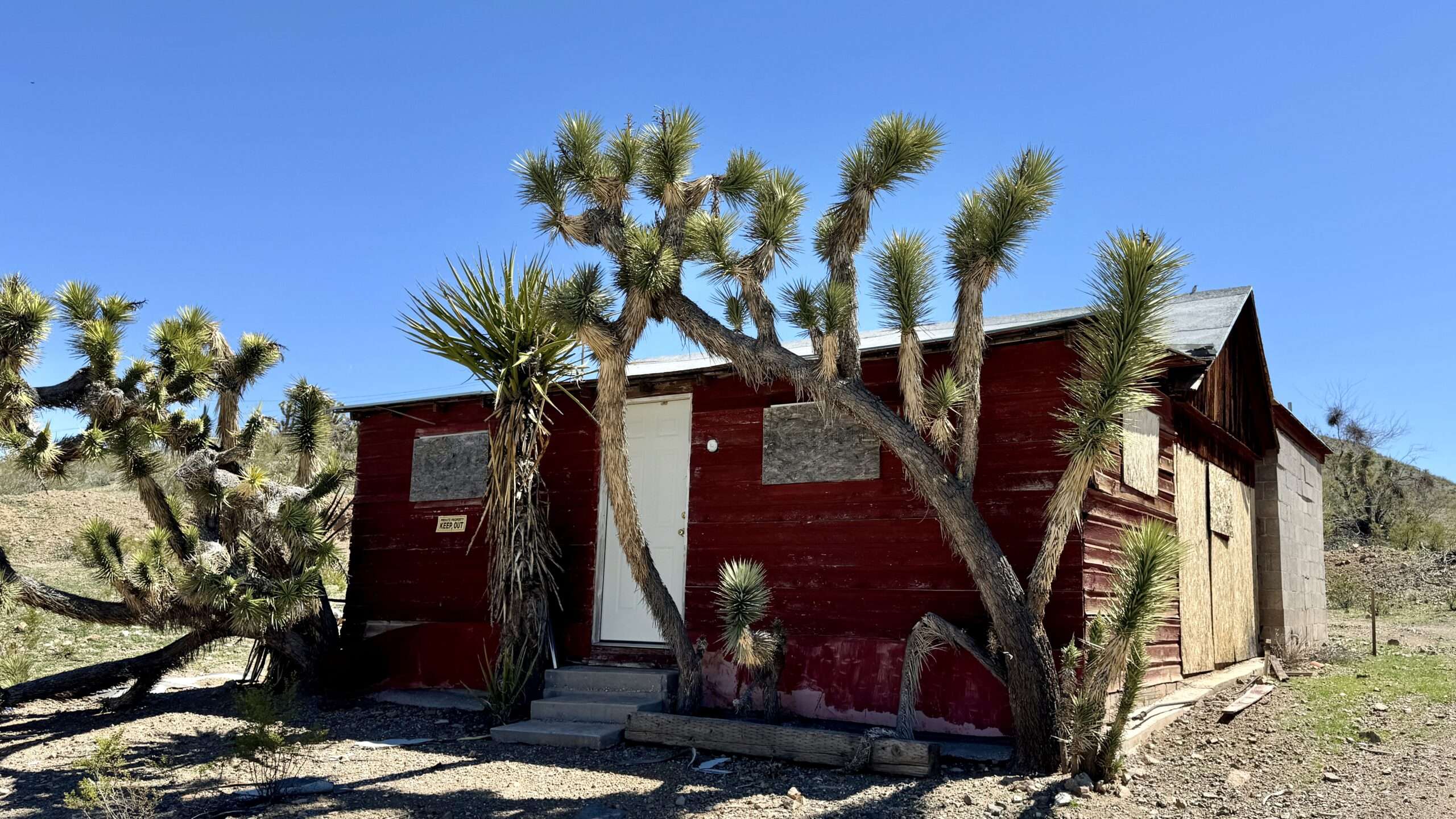
In 1897, G.F. Colton discovered a rich vein of gold, which he sent to Colorado for smelting. With high value, a camp soon developed and a post office opened in 1898. Ore was shipped via wagon to rail, where it was delivered to Needles, California, for processing. In 1900 a 20-stamp mill was built on the Colorado River.
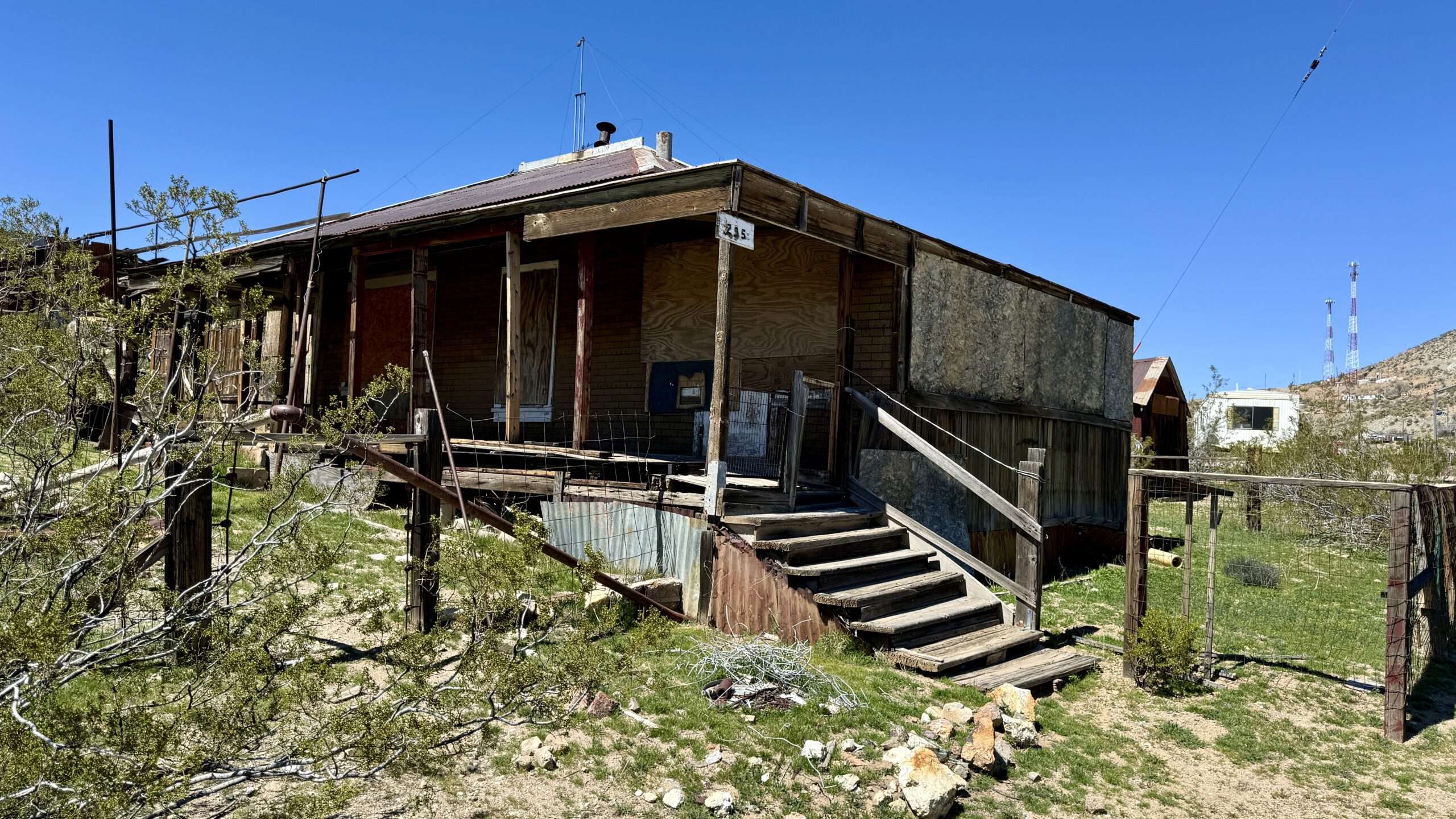
By 1907, Searchlight had 44 mines. The town included well-stocked stores, a telephone, saloons, and the Barnwell and Searchlight Railroad. With the financial crisis in 1907, Searchlight declined.
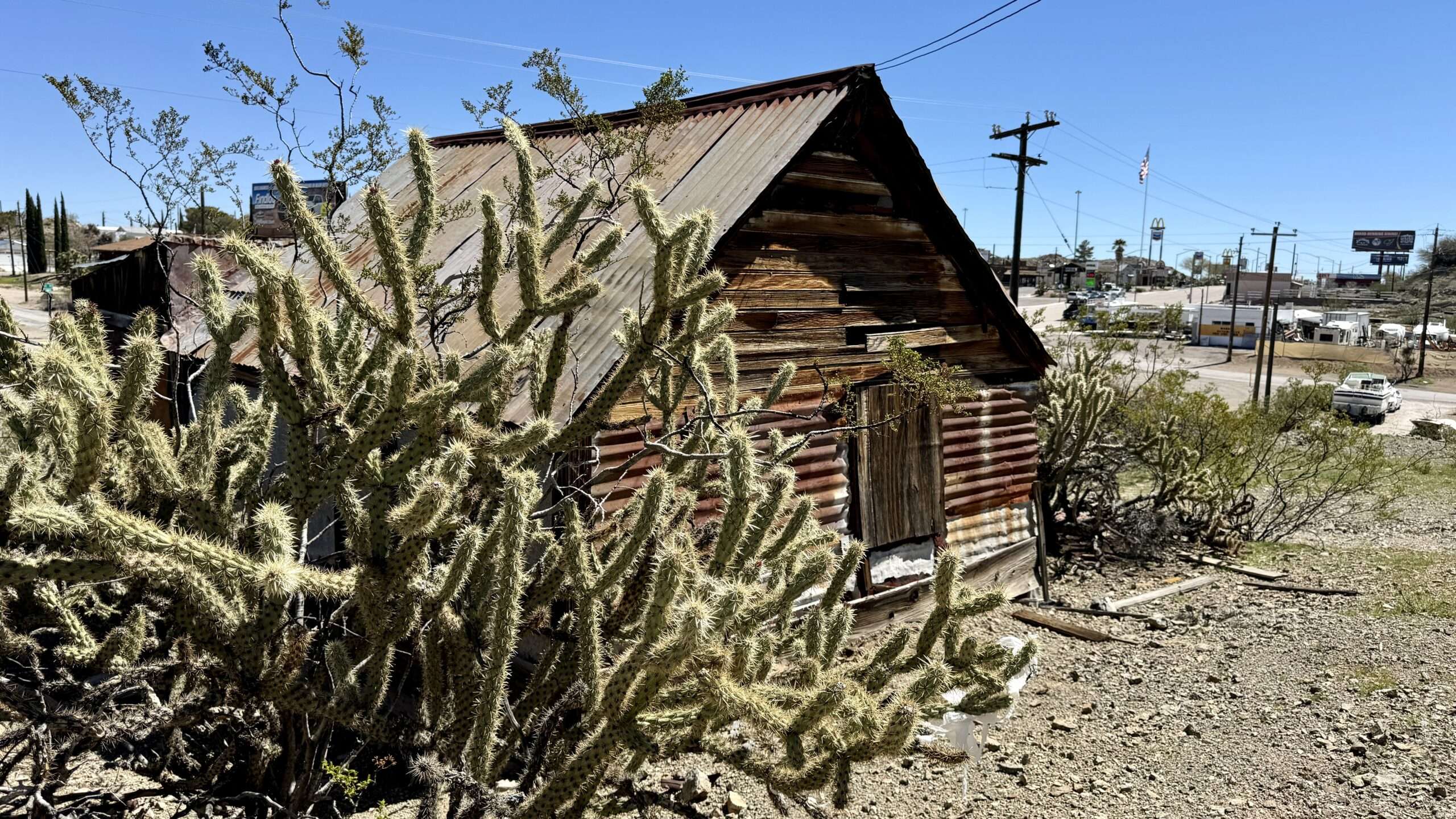
Searchlight was a stop on Arrowhead Road, but in 1927, US Route 91 bypassed the town. Construction of the Hoover Dam was a boon to Searchlight, and sporadic mining occurred until 1953. Approximately 500 people call Searchlight home today.
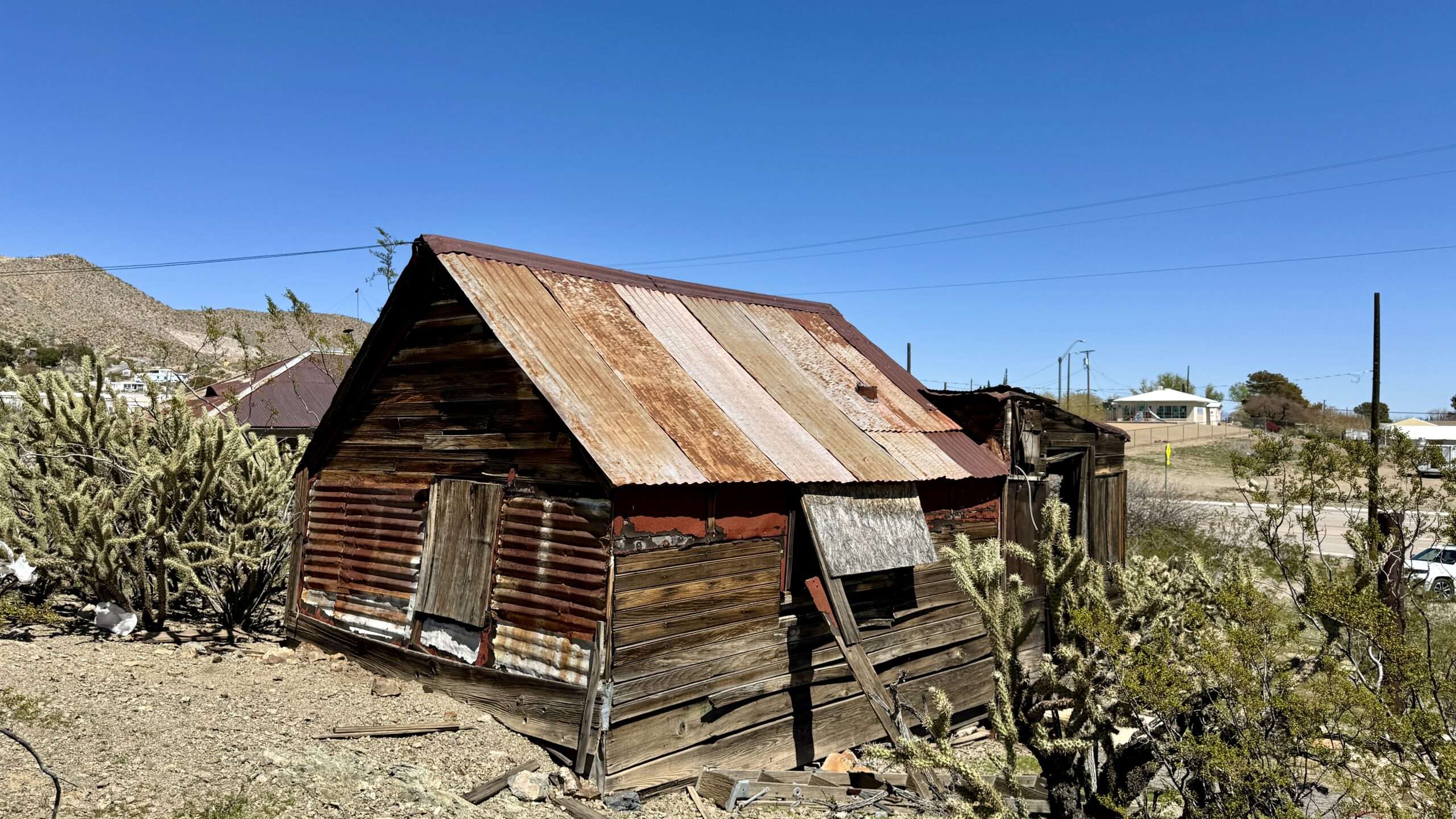
Oakland Group Mines

The conglomerate of gold mines was worked between 1922 and 1934. They never produced much, but they are notable for their Nissen Stamps, which are rare in the United States.
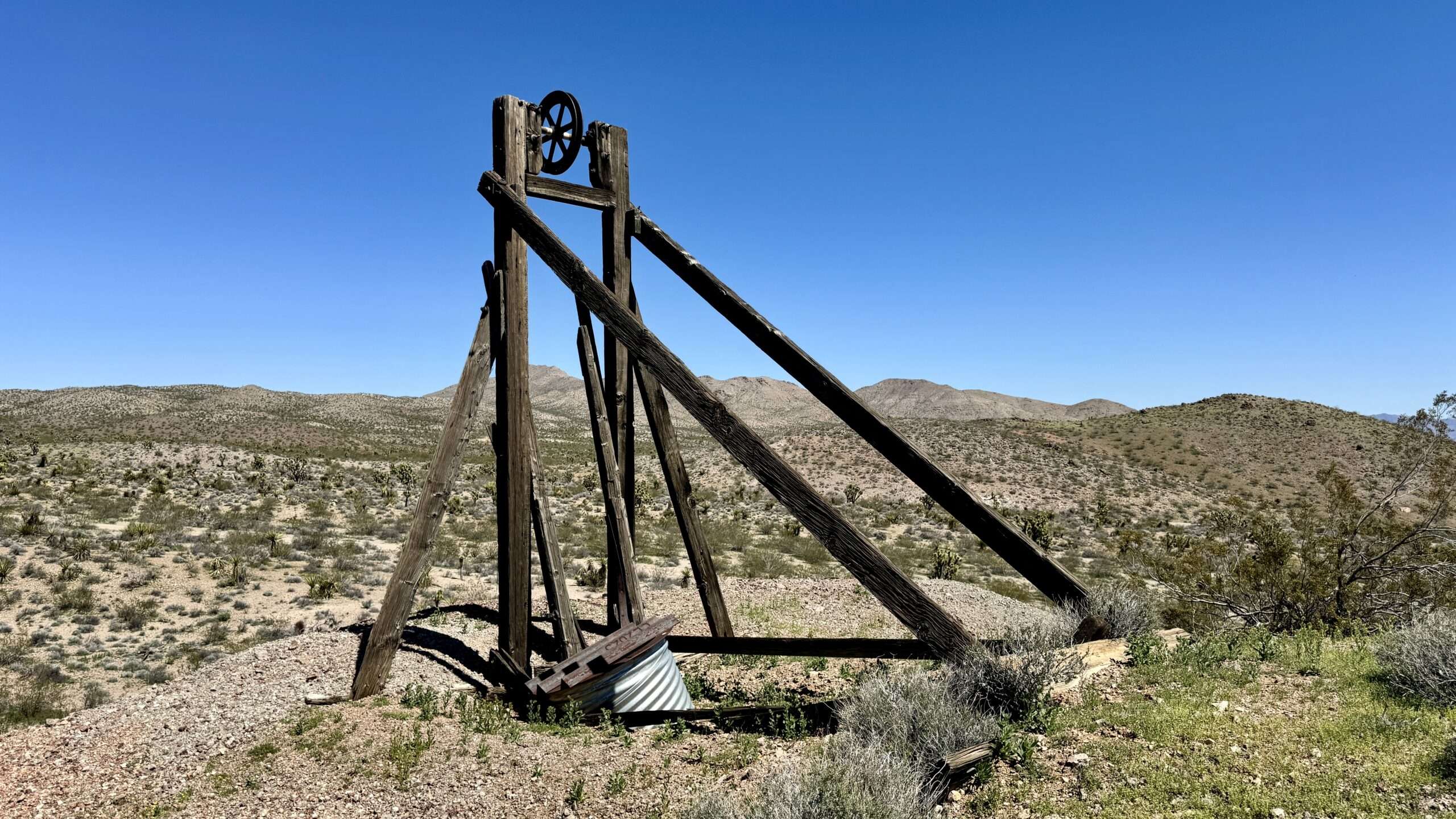

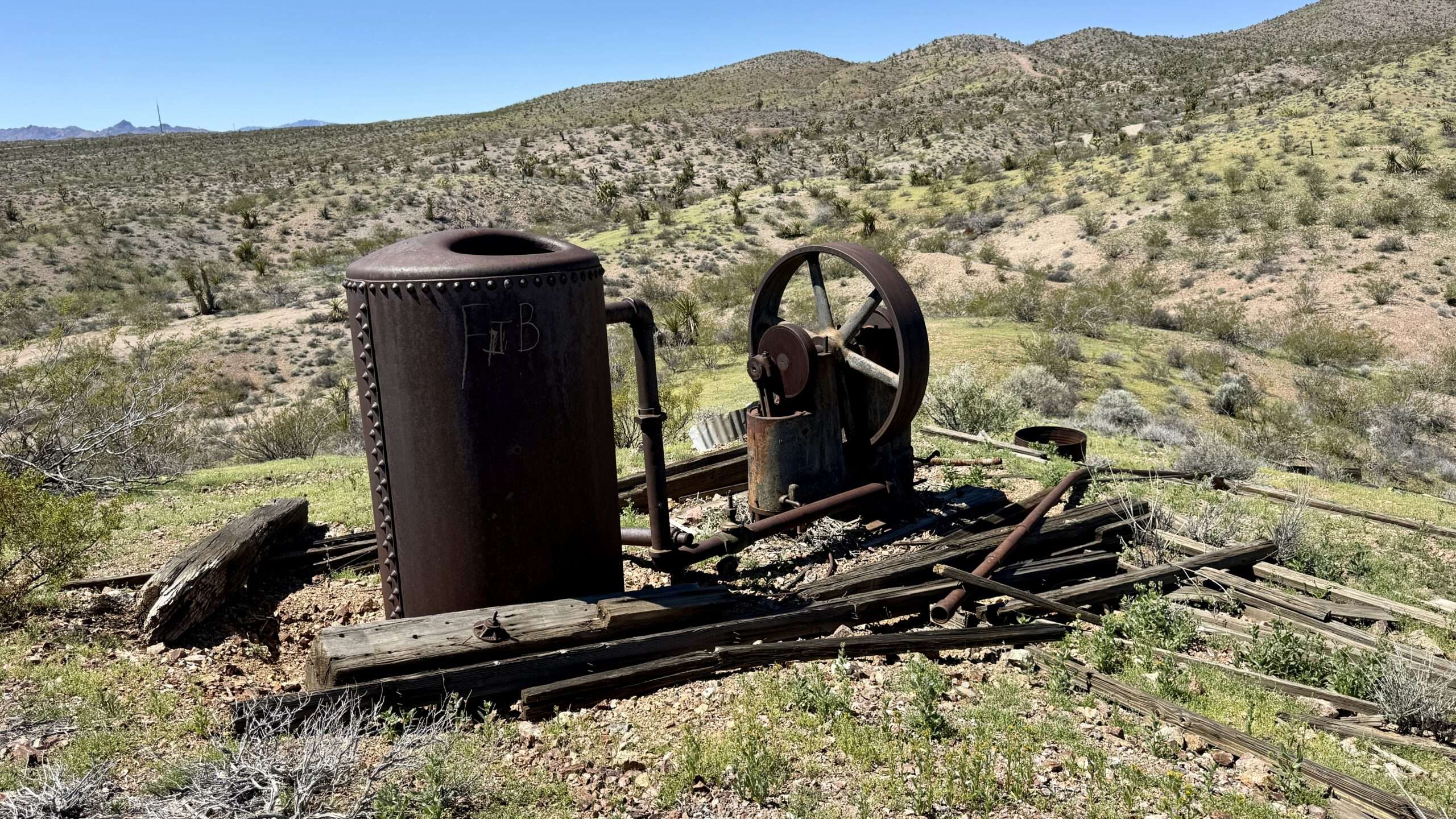

Juan
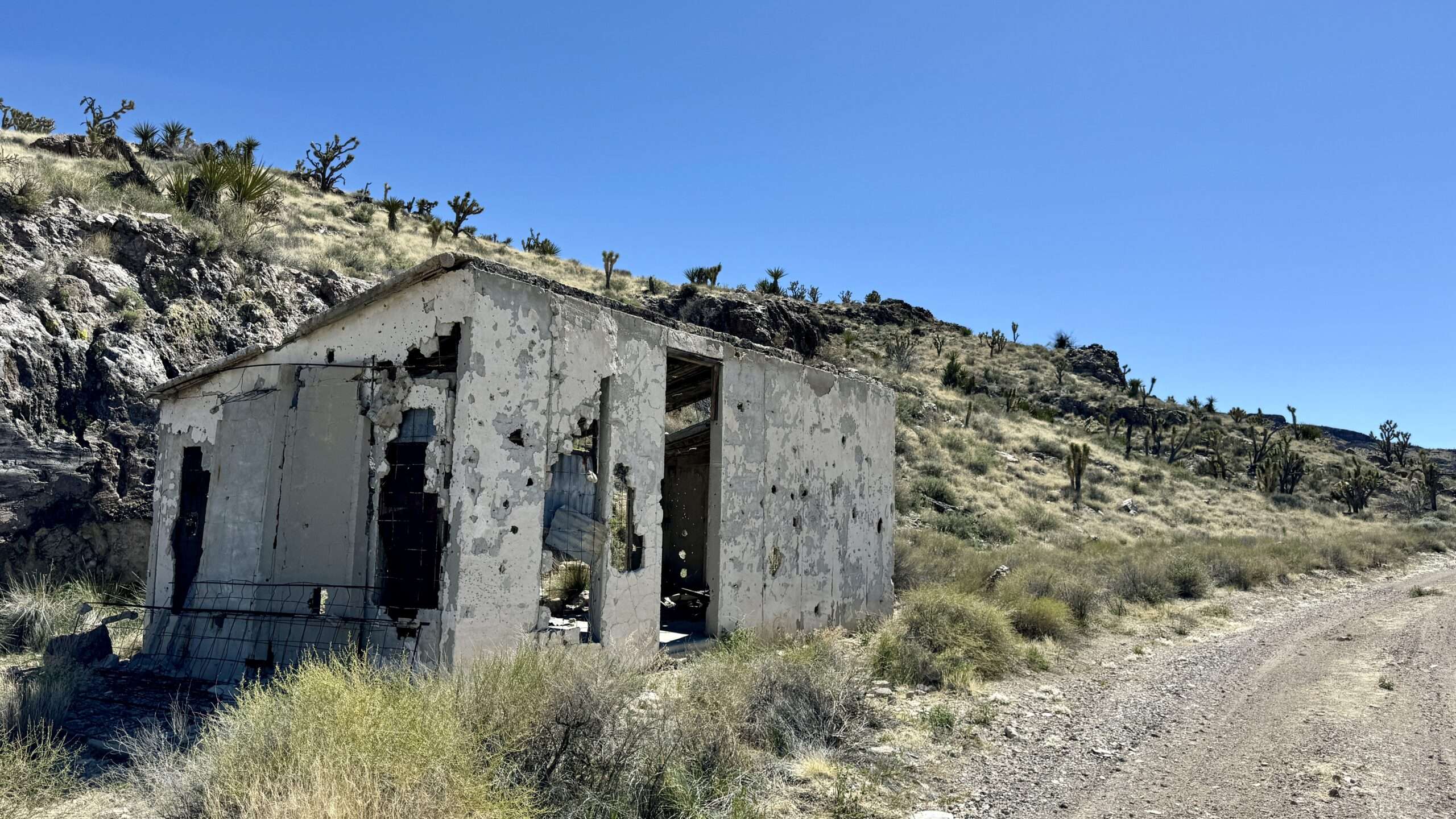
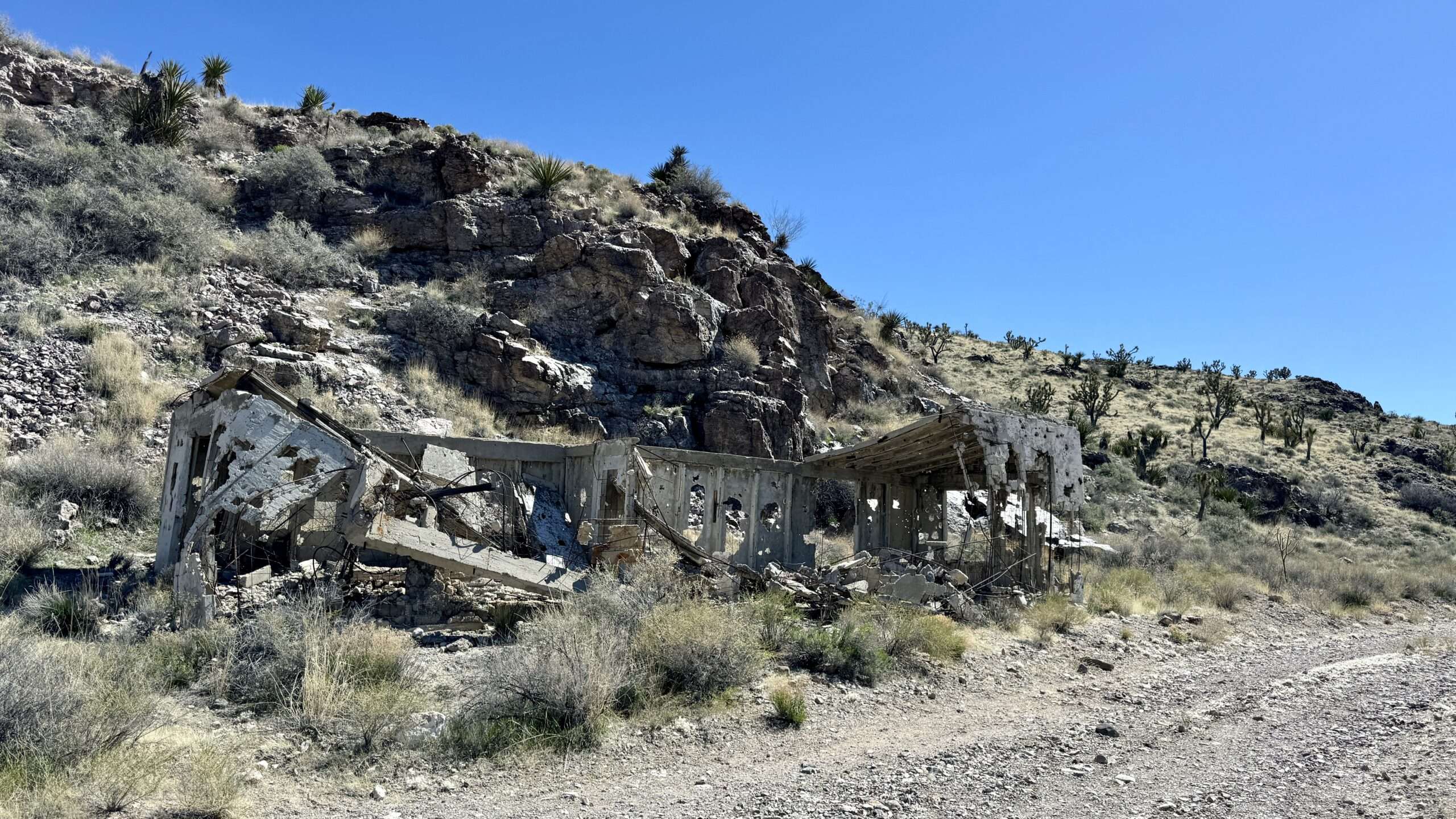
The Barnwell & Searchlight Railway built a siding at Juan in 1906-07. With the end of the mining boom in Searchlight, the line only ran twice a week until 1923, when washouts ended the line.
Crescent Arrastra & Mill
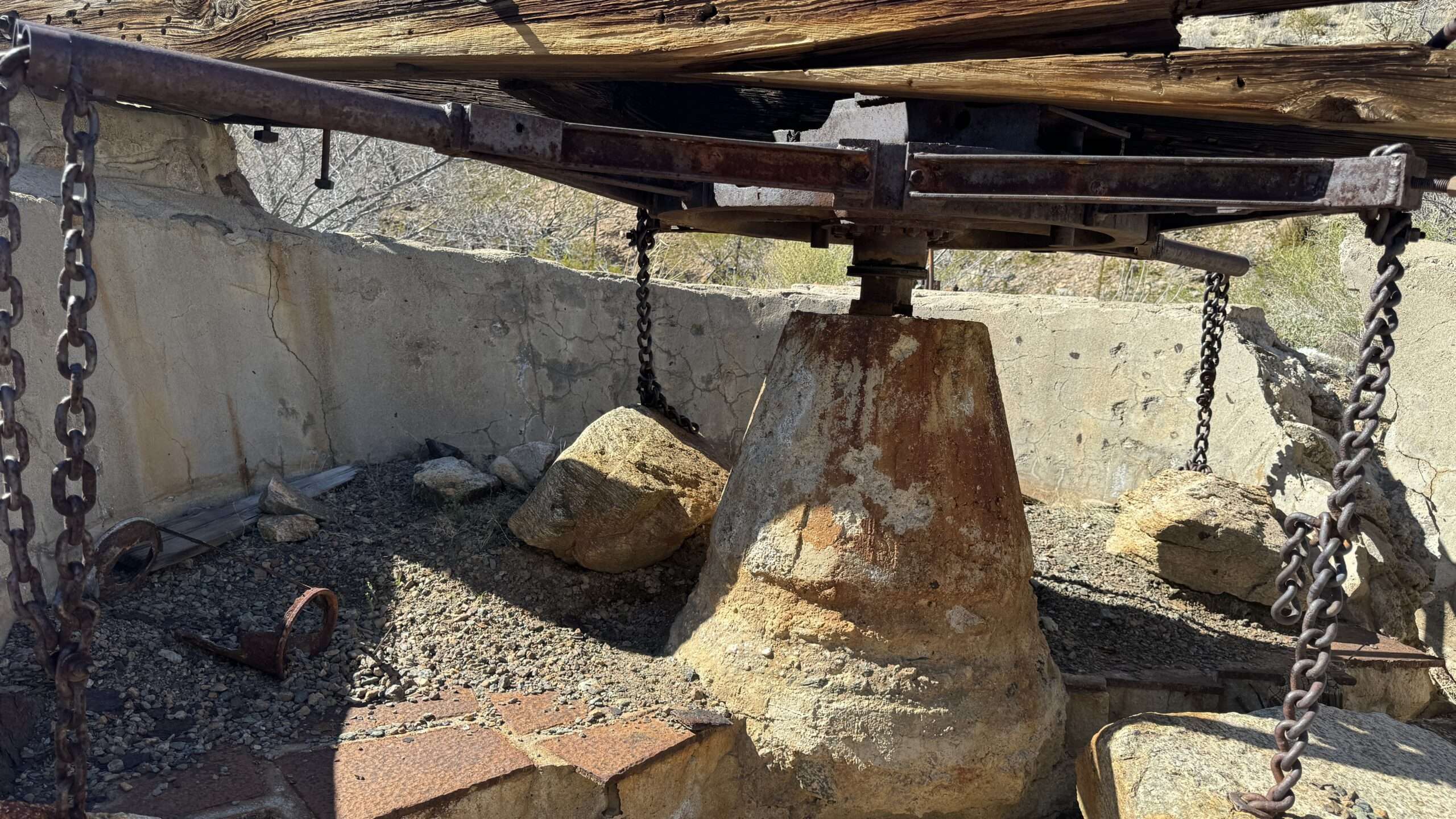
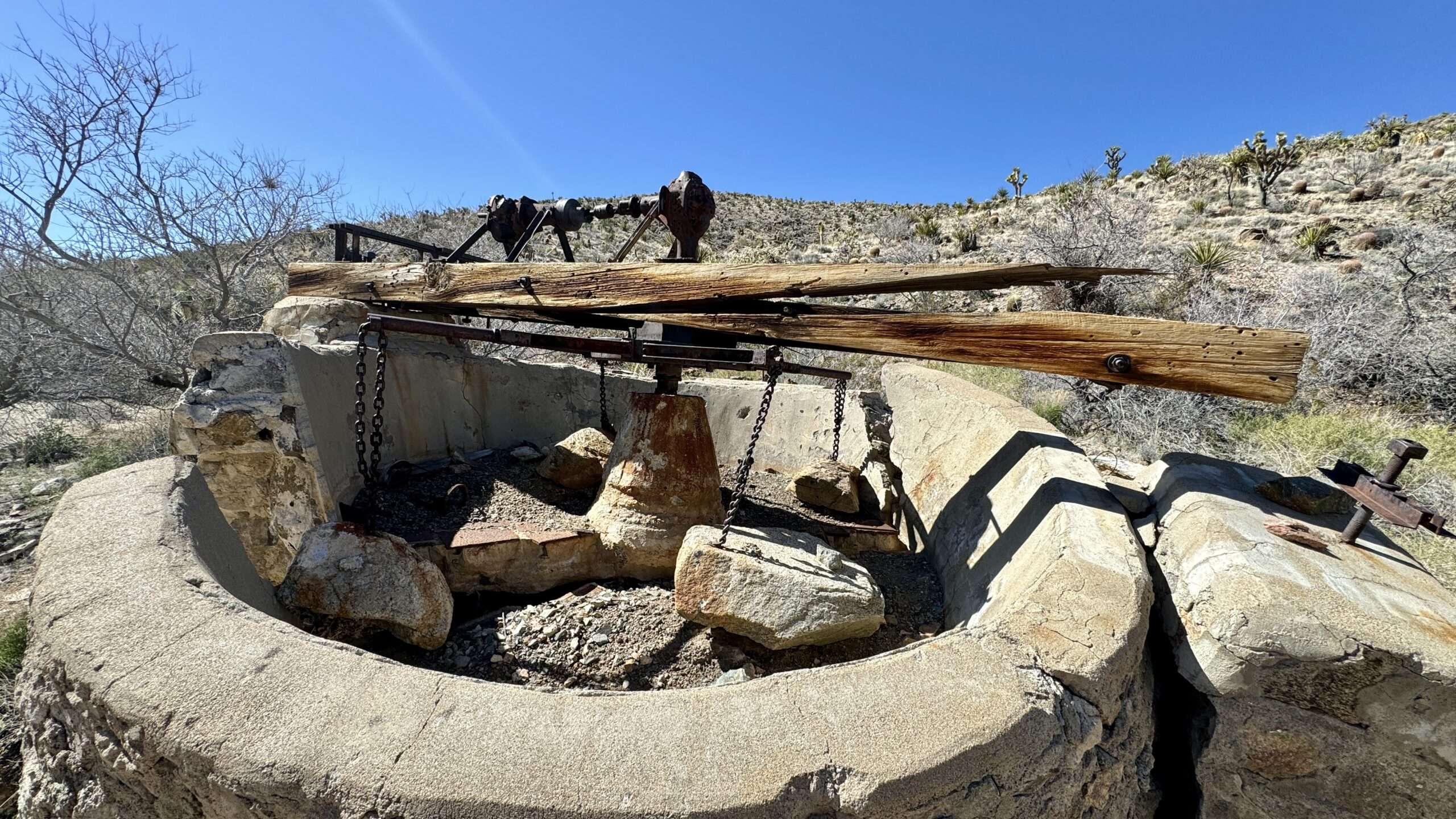
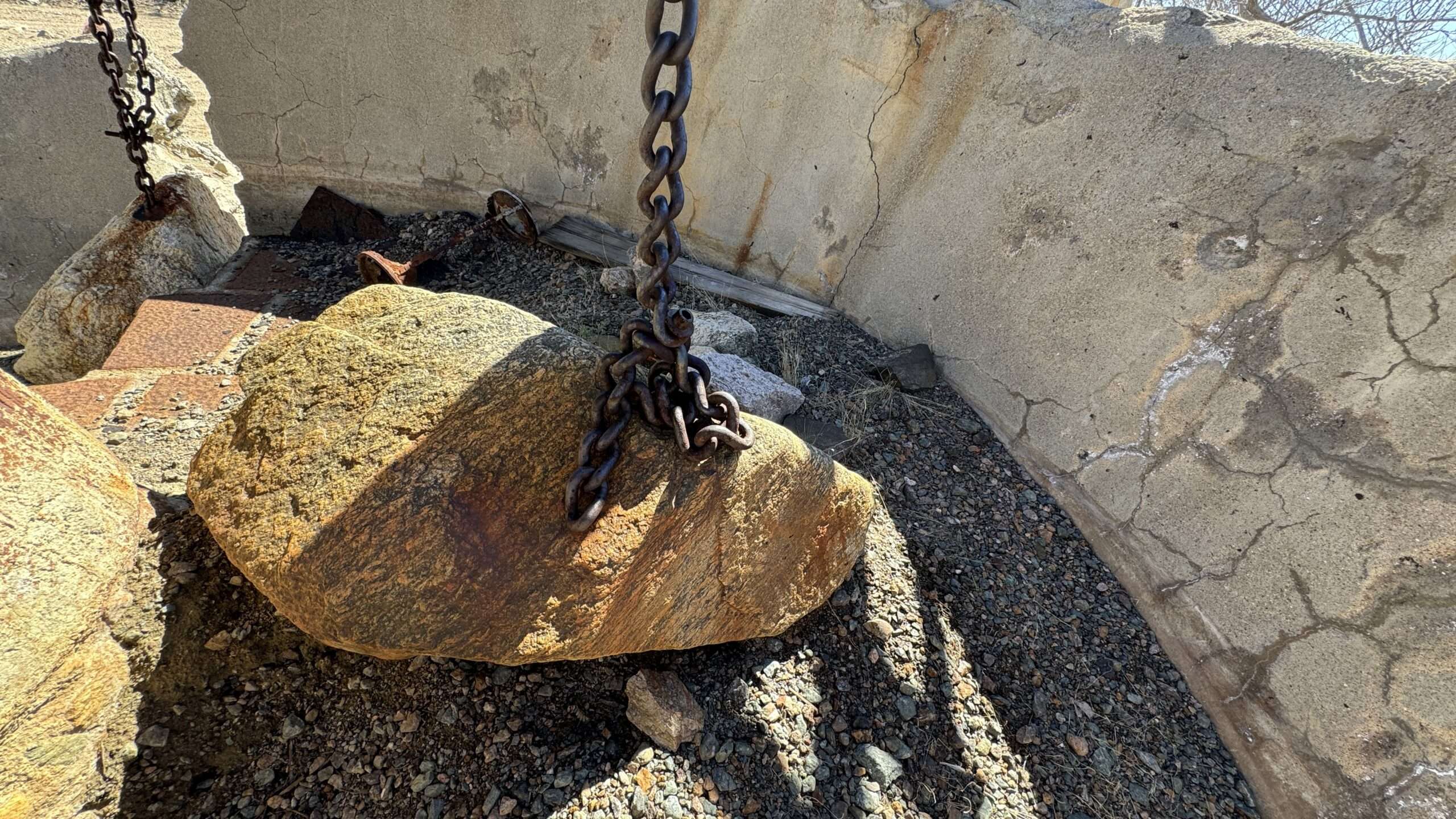
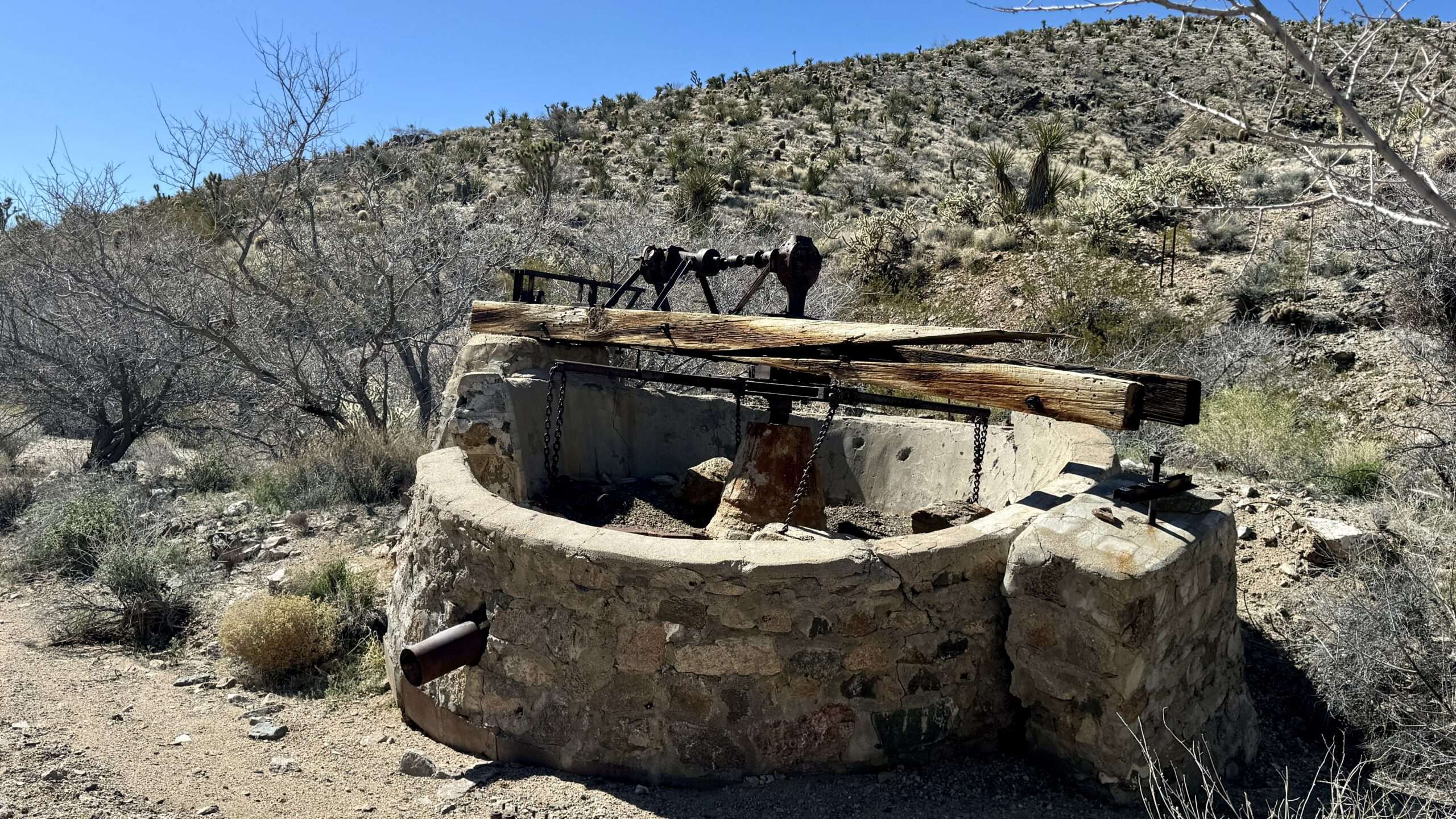

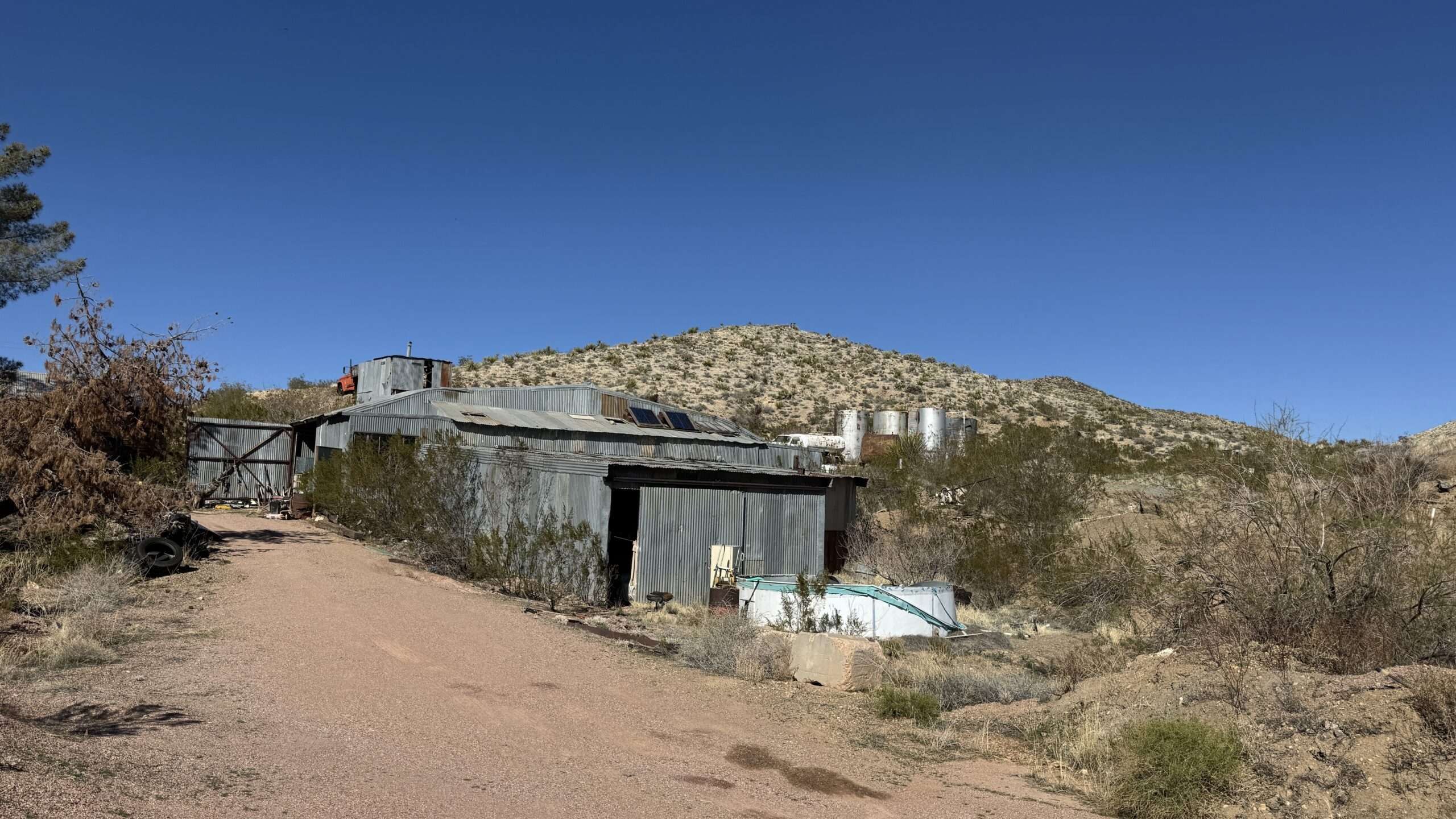
Nipton
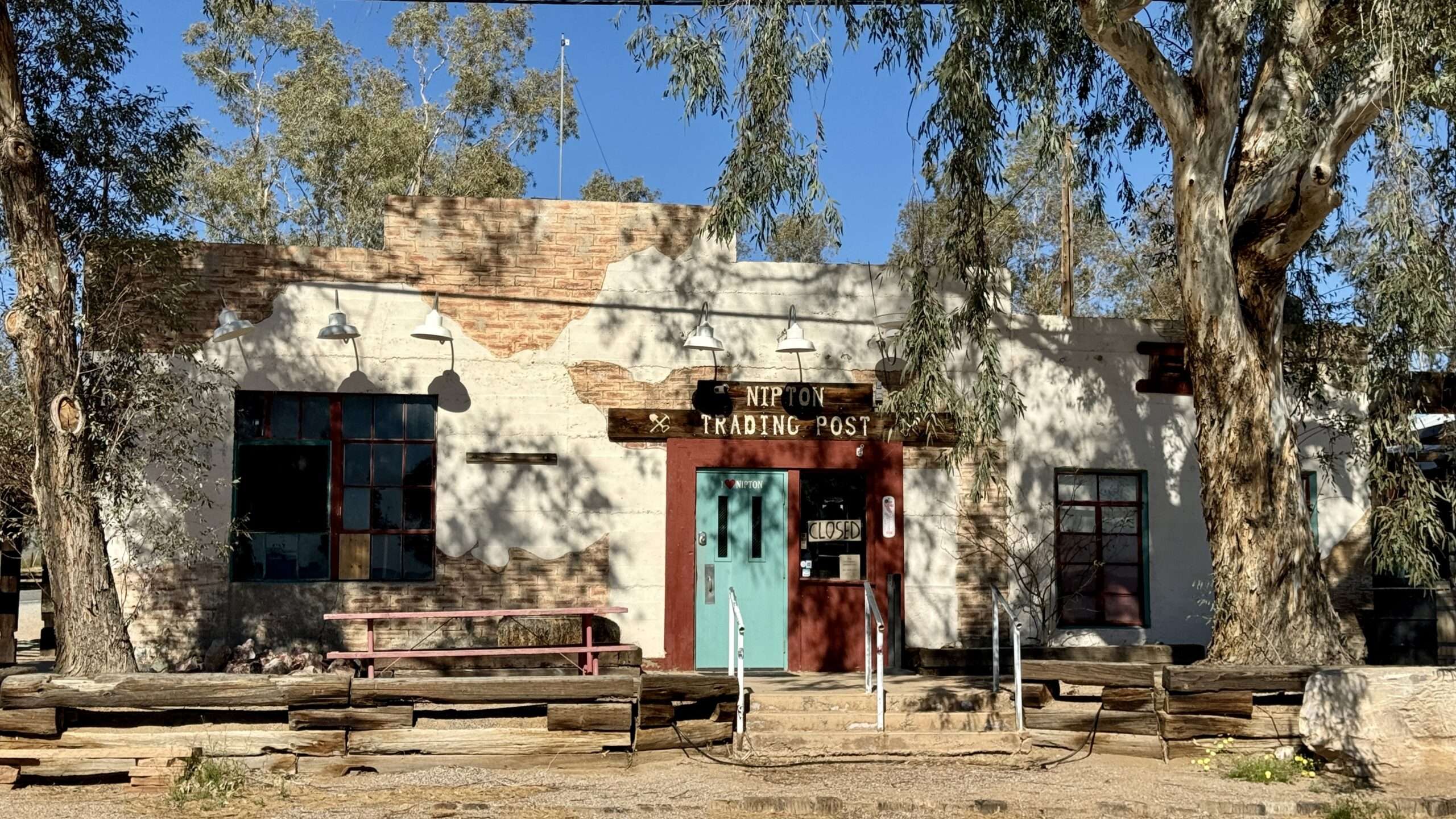
Nipton started as a mining camp and crossroads of emigrant trails. In 1905, the arrival of the San Pedro, Los Angeles and Salt Lake Railroad developed a town named Nippeno Camp. The stop became important for local ranching and mining and became the regional supply center.
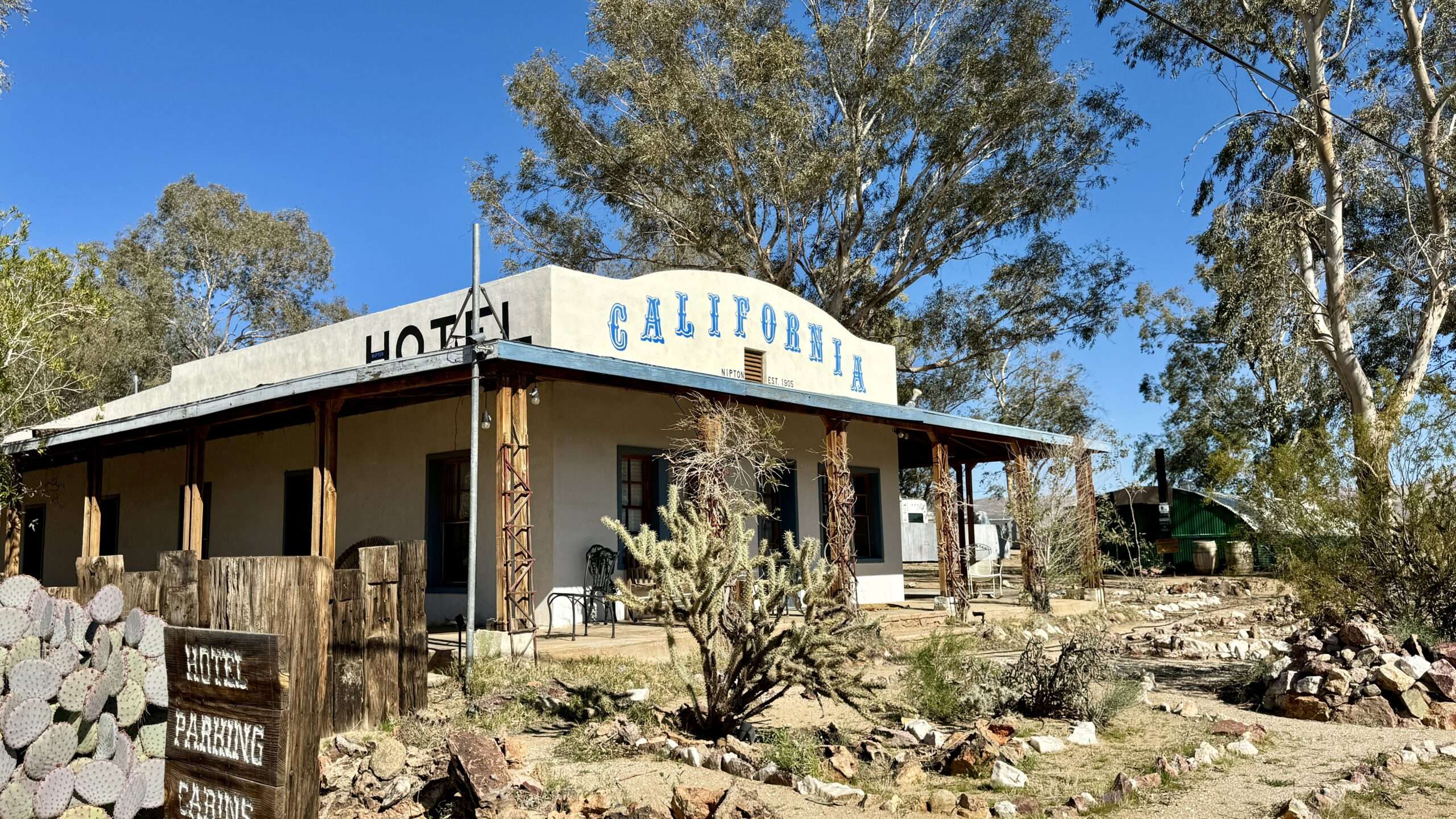
Nipton transferred hands multiple times. In 1940, Harry Treheare assumed ownership of Nipton under the Homestead Act signed by President Roosevelt. In 1985, Gerald “Jerry” Freeman and Roxanne Lang purchased Nipton and restored the hotel and cafe. In 2017, American Green purchased Nipton to create a “cannabis tourism” destination. The latest owner is Spiegelworld “where Spiegelworld artists and performers will retreat to dream, create and undertake unfettered artistic experimentation.”
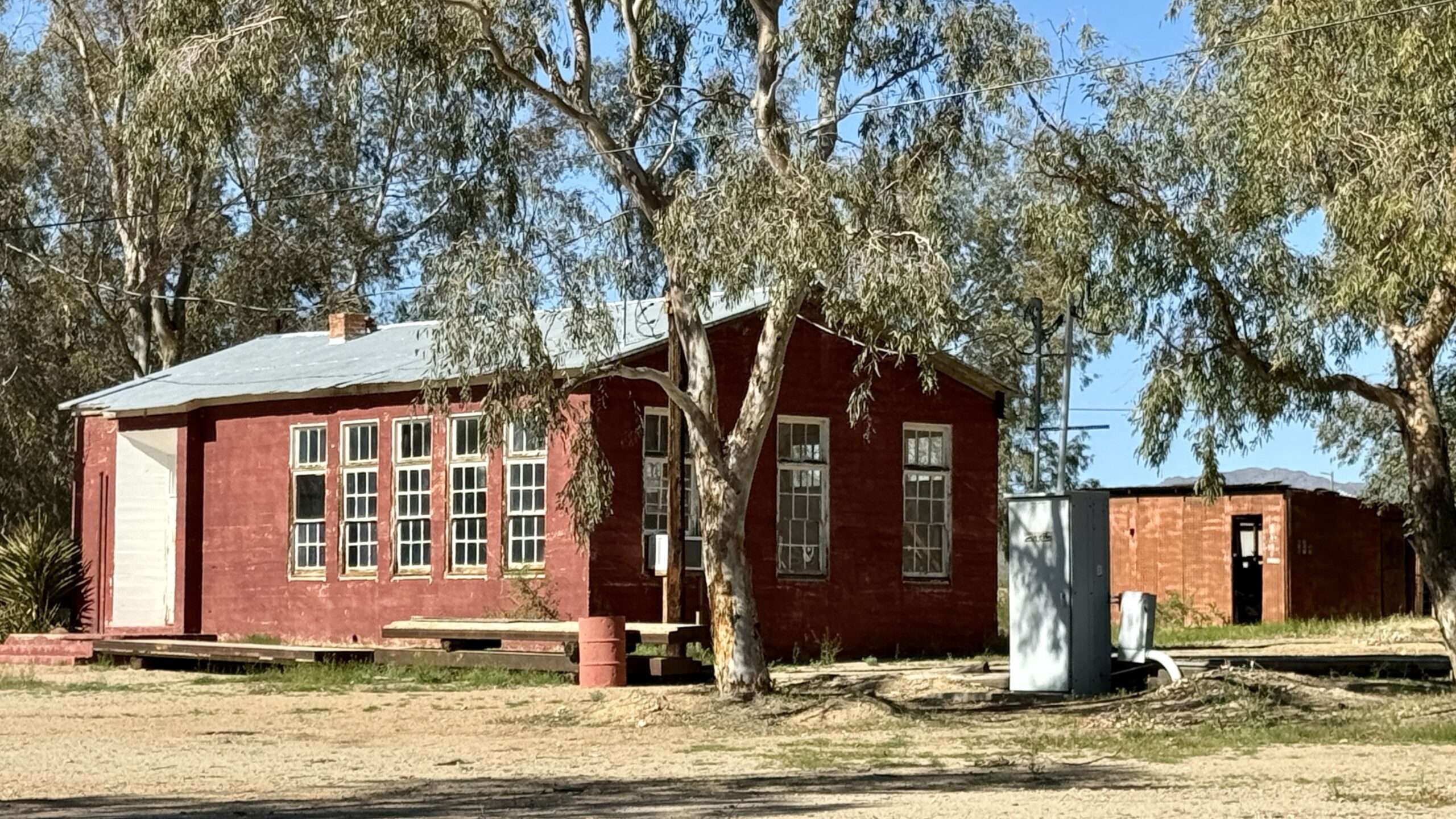

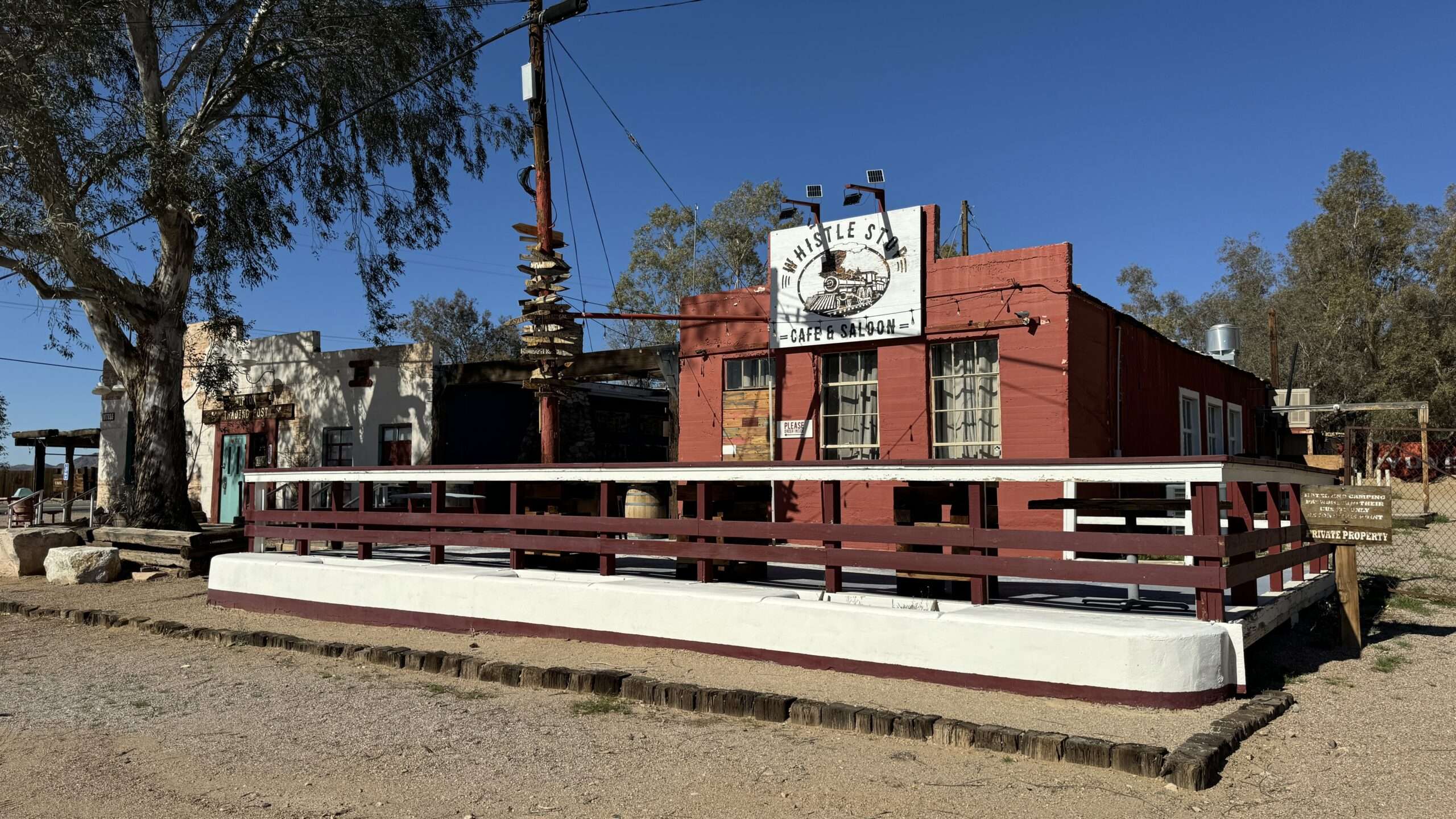
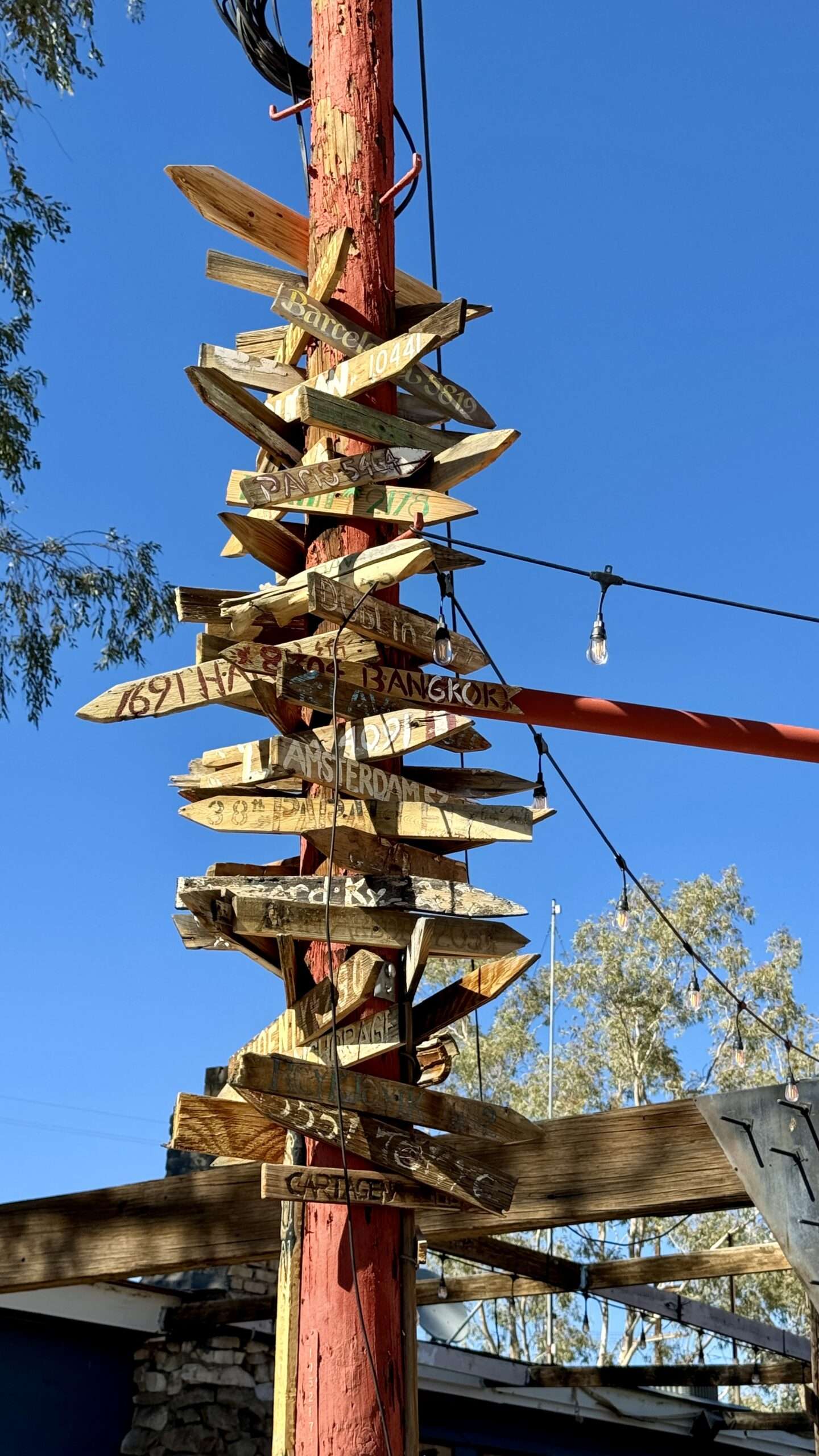
GOODSPRINGS
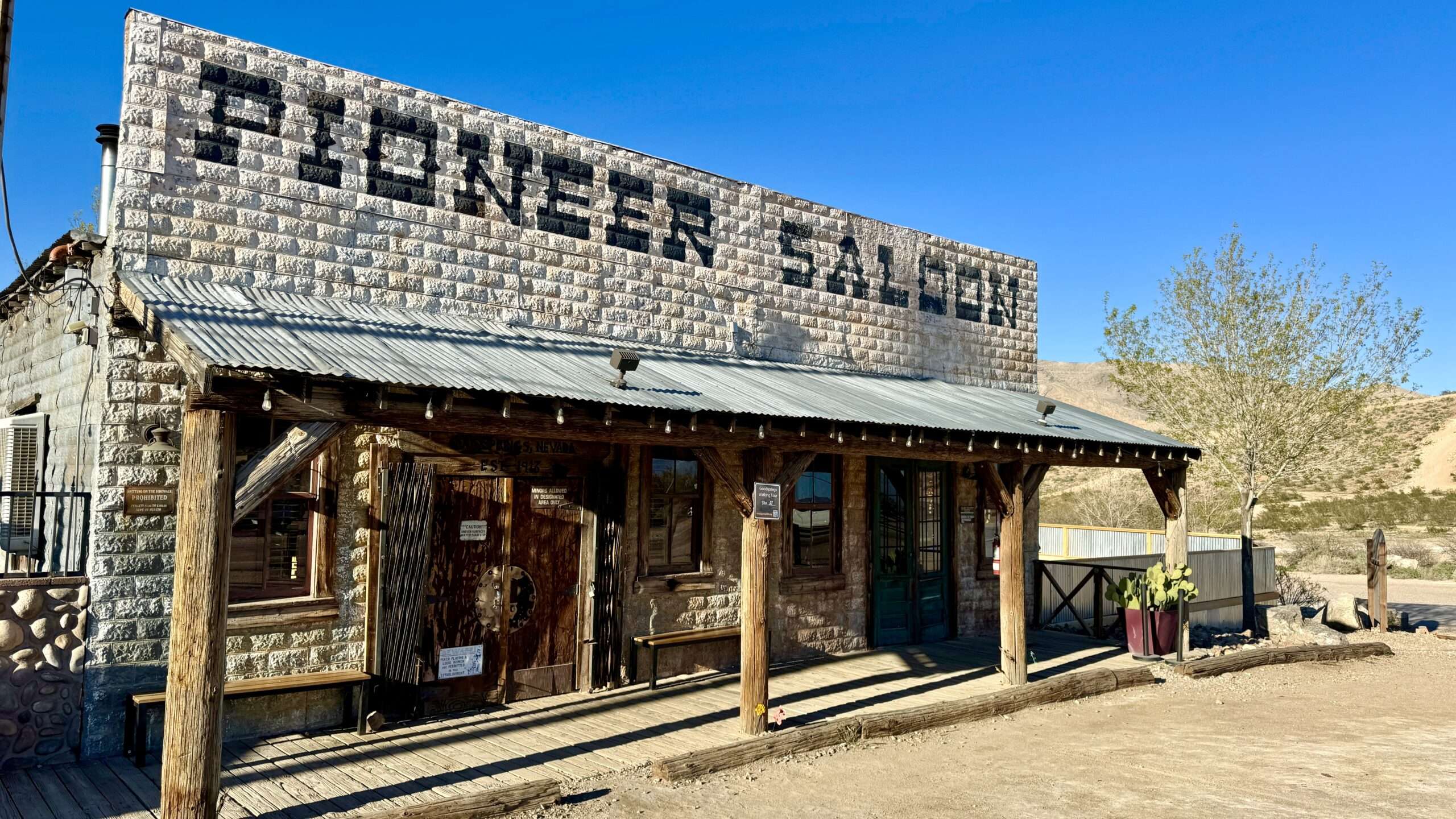
Goodsprings was named for cattle rancher Joseph Good, whose cattle used the spring for water. A town developed and became a supply center for mining activity. Initially tent cabins, in the early 1900s, residents built wood and stone buildings. In 1913, Goodsprings built a new school; it is now the oldest Nevada schoolhouse still in use. Most residents left during WWI and WWII, but a small handful remain making Goodsprings a living ghost town.
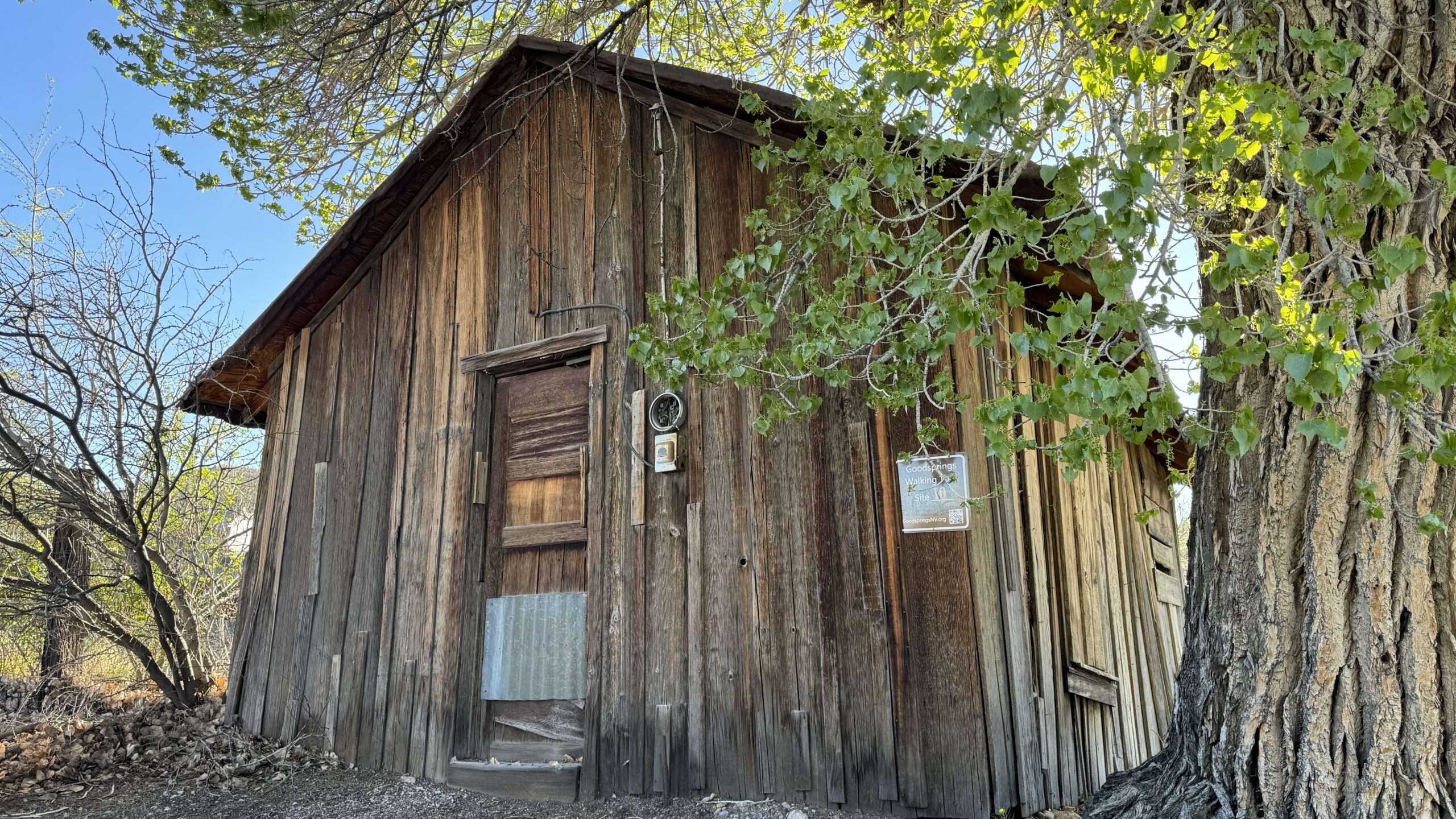
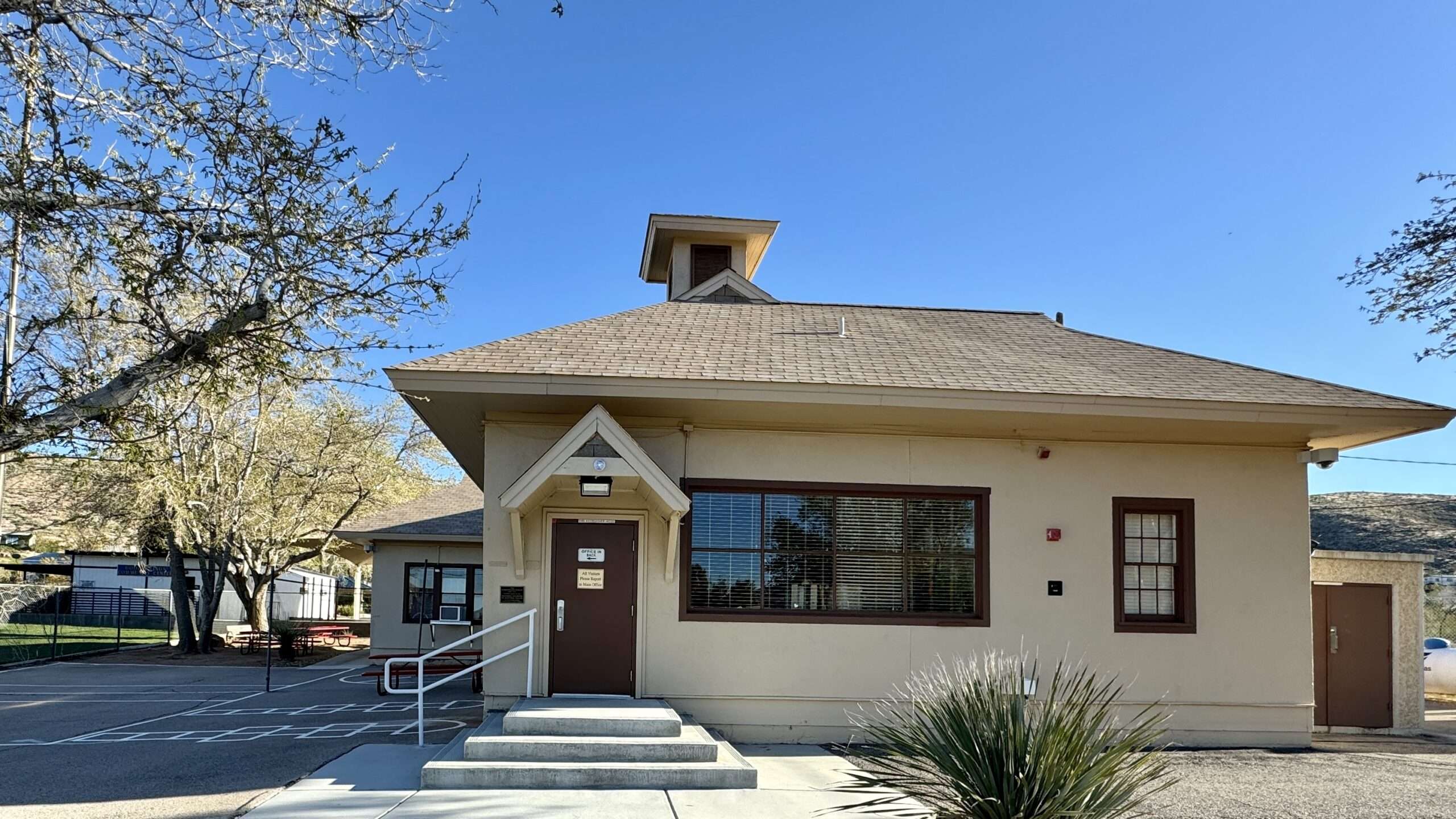
Bonus Stop: Pioneer Saloon
Grab a drink and a bit to eat at the 111-year-old Pioneer Saloon. Look for bullet holes in the wall from a shootout over gambling gone bad and cigarette burns on the bar top from Clark Gable, where he waited for news of his wife’s plane crash into nearby Mt. Potosi.
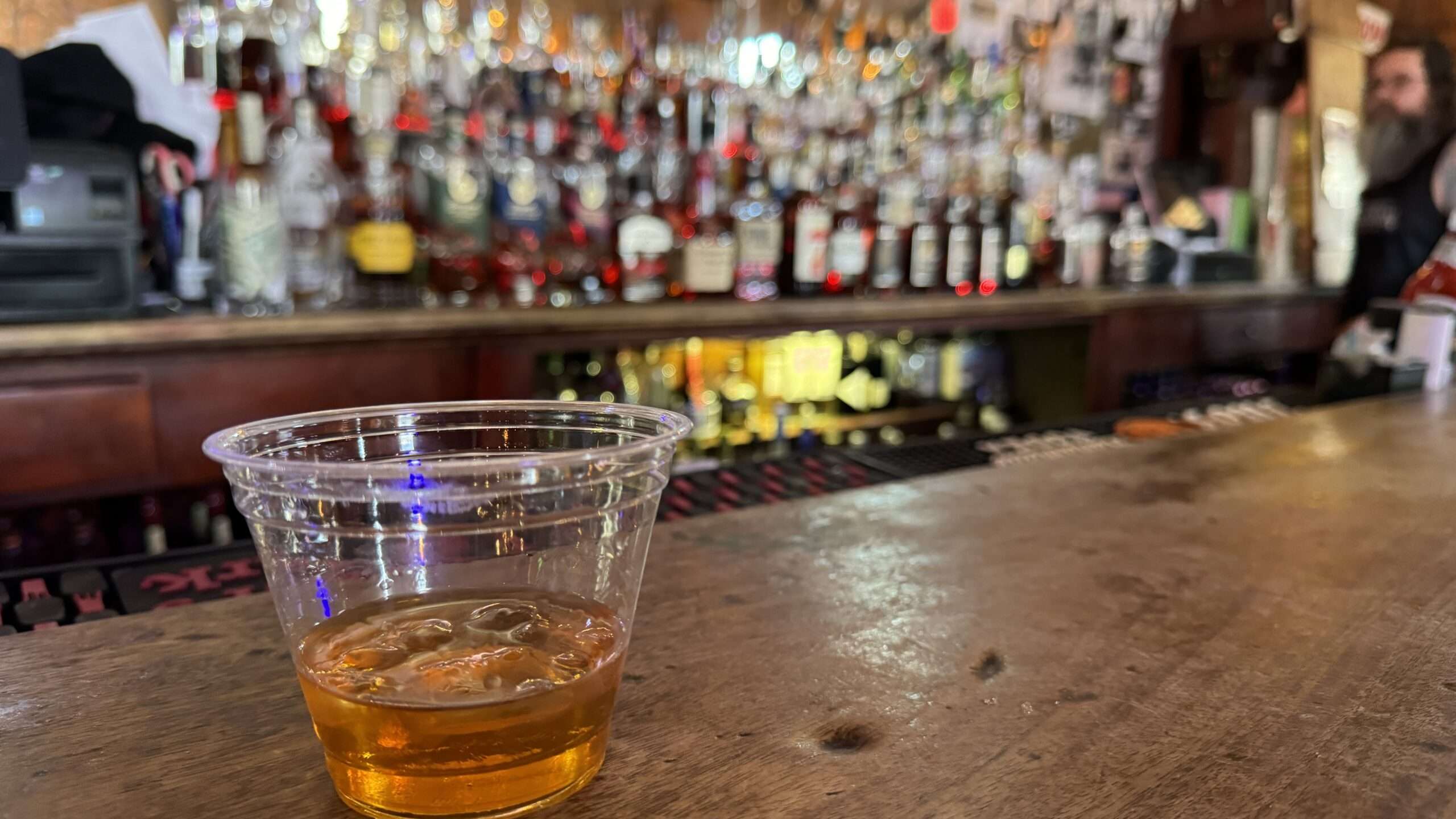
Frenchman Mine

Frenchman Mine was a promotional scheme outside of Las Vegas. Paul Watelet was Belgian but people mistakenly assumed he was French. He created the South Nevada Gold Mining Company. He built a 100-ton mill in 1913. The following year, the Winterwood Land Company purchased the mine for $500,000, only to realize no ore had been processed.
Day 2
POTOSI
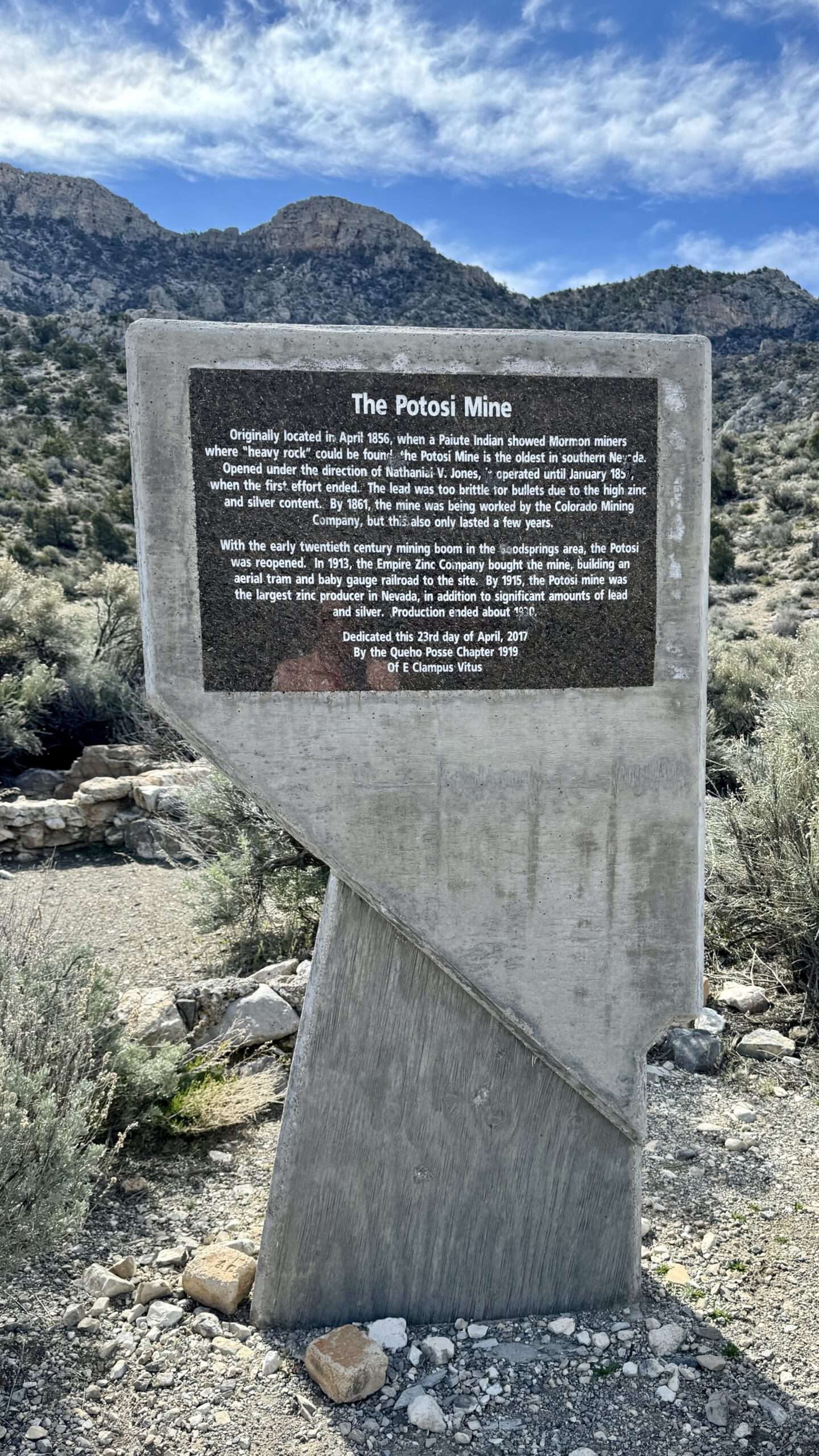
Potosi isn’t as flashy as the other ghost towns. However, it is included in the list because of its historical significance to Nevada mining. Originally named Crystal City, Potosi is the site of Nevada’s first big mining discovery. Discovered in 1847, Mormon miners worked the claim starting in 1856. Mining ended in 1863, and Potosi became a ghost town. Mining periodically occurred until 1928, but the town never returned.

Cathedral Canyon & Nevada’s Murderous Mummy

Roland Wiley, a former Clark County district attorney and candidate for governor, created an open-air cathedral in a box canyon outside of Pahrump. It included a suspension bridge, lights, and niches for Cathedral Canyon, a non-denominational church that drew over 4,000 monthly attendees. It is also the final resting place of Queho, Nevada’s Murderous Mummy.

Queho is known as “The Mad Indian,” and many consider him Nevada’s first serial murderer. The history of his reported murders is conflicting and includes a murder victim who insisted he was very much still alive. The tale of Queho’s death and the journey of his mummified remains is even more bizarre than his life. It involves legal battles, thievery, display cases and even The Helldorado Days parade. Learn more about Nevada’s Murderous Mummy.

(Photo credit: UNLV Special Collections)
Yount’s Sawmill

Yount’s Mill supplied wood for the charcoal kilns and the Bullfrog miners around Rhyolite. It operated from the 1890s to 1915.

Tecopa Kilns

Tecopa Kilns were used in the mid to late 1870s to provide charcoal to power mines and mills. Sadly, the three kilns collapsed.

SEKHMET TEMPLE

According to Egyptian mythology, Sekmet is a warrior goddess and the goddess of medicine. Genevieve Vaughan founded the temple and purchased land between the Mercury nuclear test site and Creech Air Force Base. It is intended to be a place of peace among facilities associated with war. The land once belonged to the Shoshone Nation. In 1992, Vaughan gave the land back to the Shoshone Nation. In 1993, women built the temple. It is open to anyone from sunrise to sunset.

Day 3
Castle in Clay

In the early 1900s, miners dug cabins out of the cliffs around Shoshone. Harvey Rutledge built ‘Castle in Clay.’ The site is now marked private, so we took photos from the road.
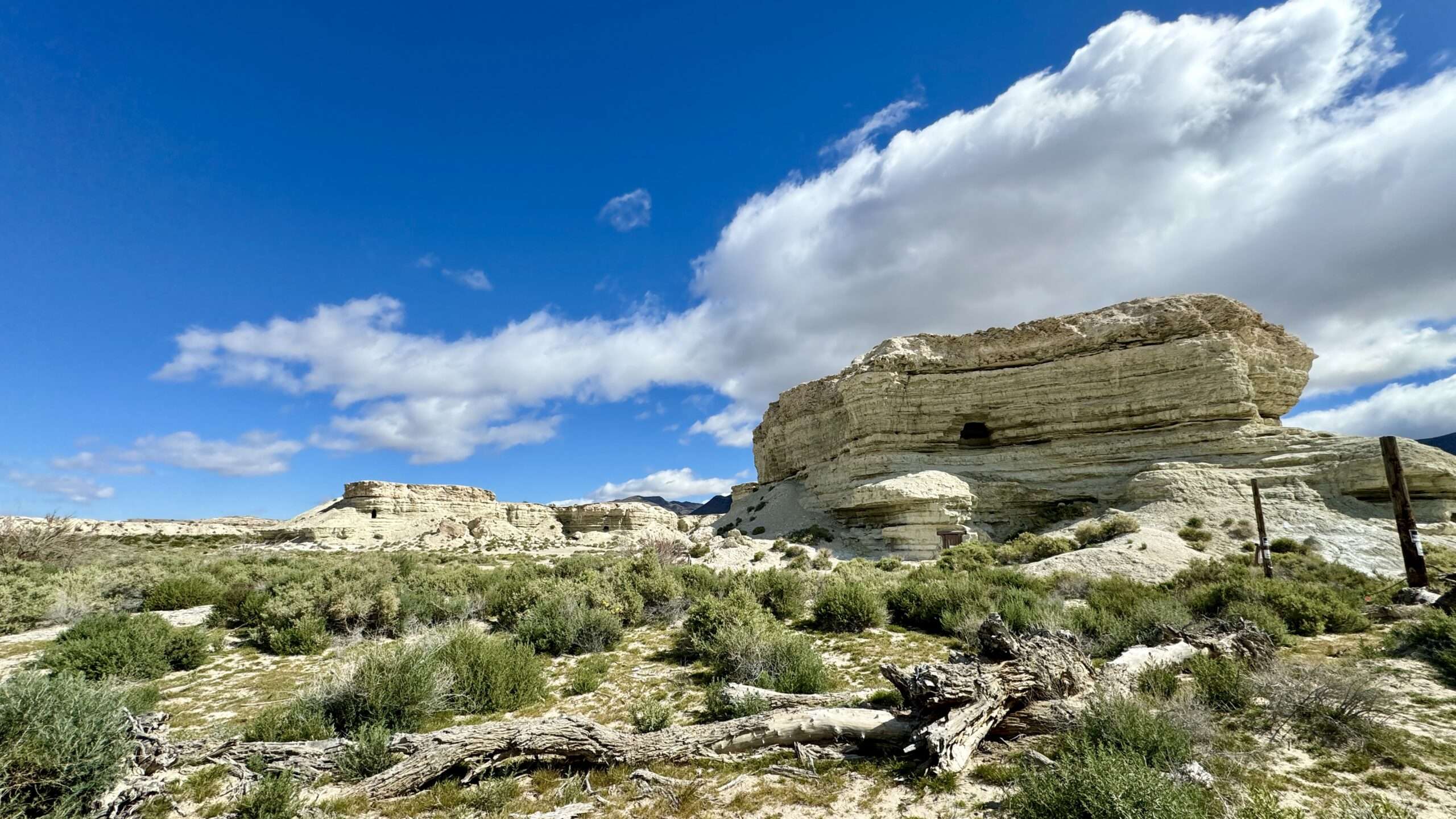
Dublin Gulch

Miners constructed cabins using what supplies were available. Most were built with stone, and the fortunate few used lumber or railroad ties. In the late 1800s, miners and railroad workers used available supplies at Dubin Gulch, a large bluff of volcanic ash.
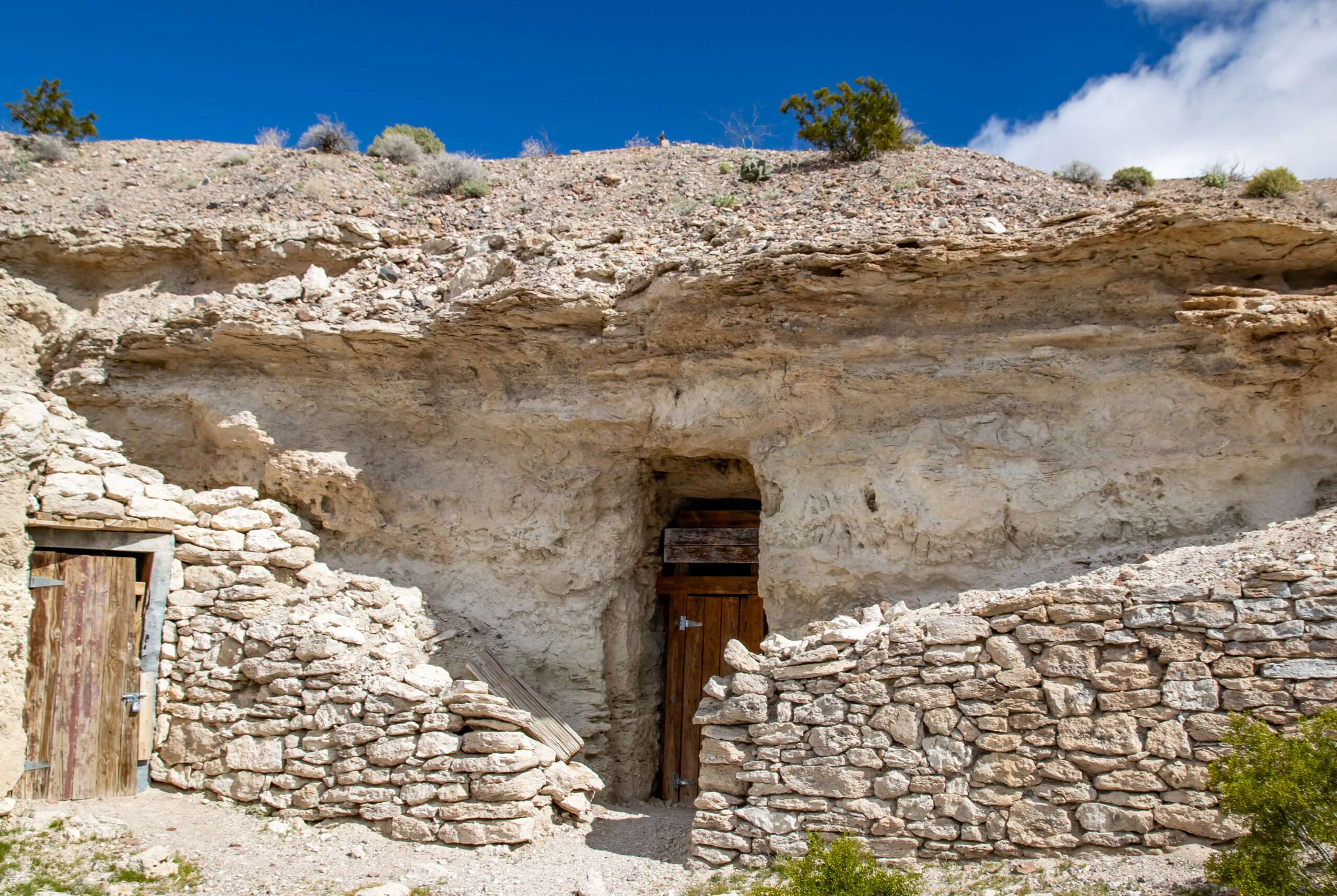
They dug cave dwellings into the cliffside. The caves remained cool in the summer and warm or cold Mojave winter nights. Most homes were single-roomed, but some had multiple rooms and even a garage. Fireplaces vented through a stove pipe through the top of the bluff. Shorty Harris and the Ashford Brothers were well-known people who once called Dublin Gulch home.
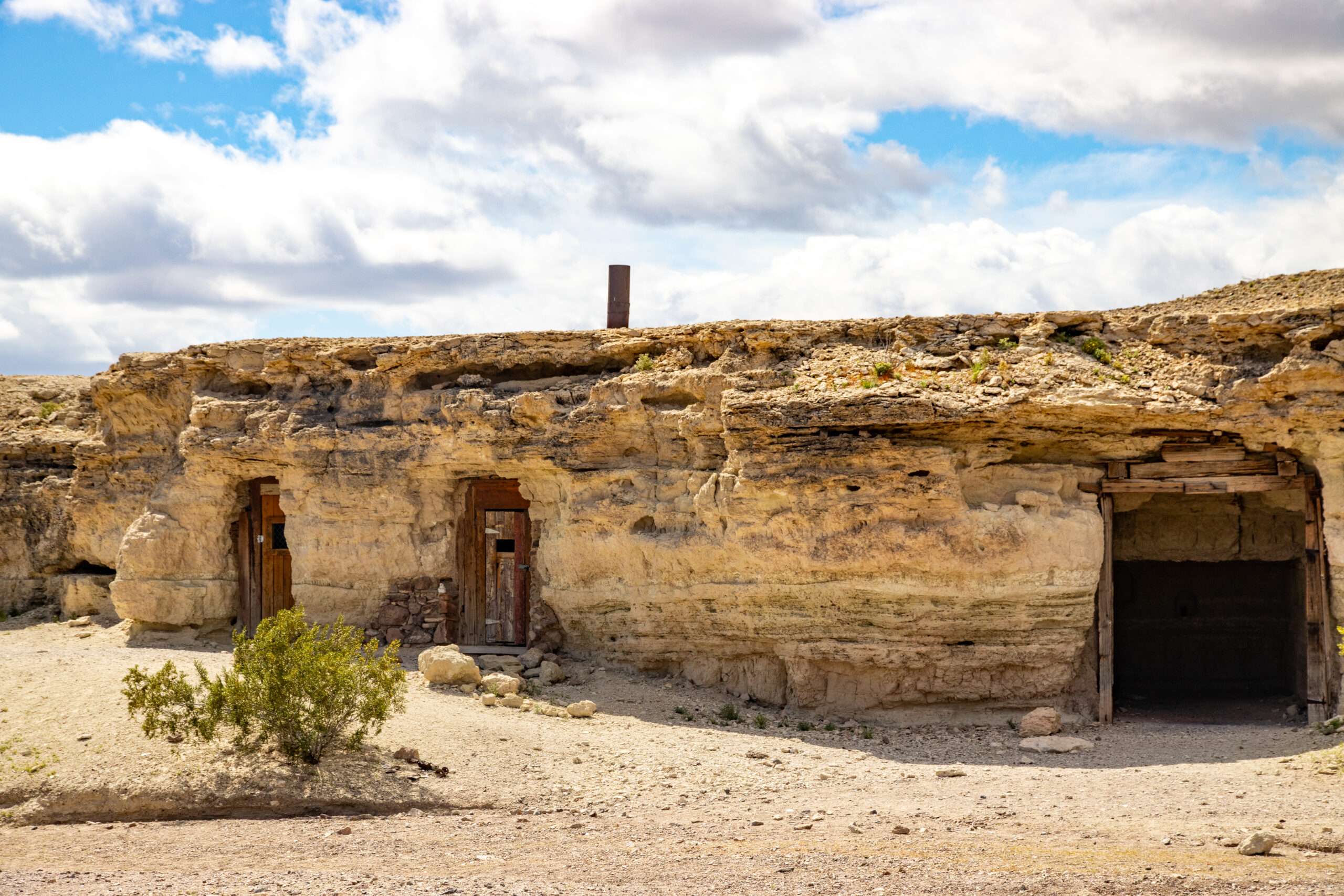
As one resident moved or died, others jockeyed for the more desirable caves. The lucky few lived in “The Mansion,” with an ornate oak door from Rhyolite.
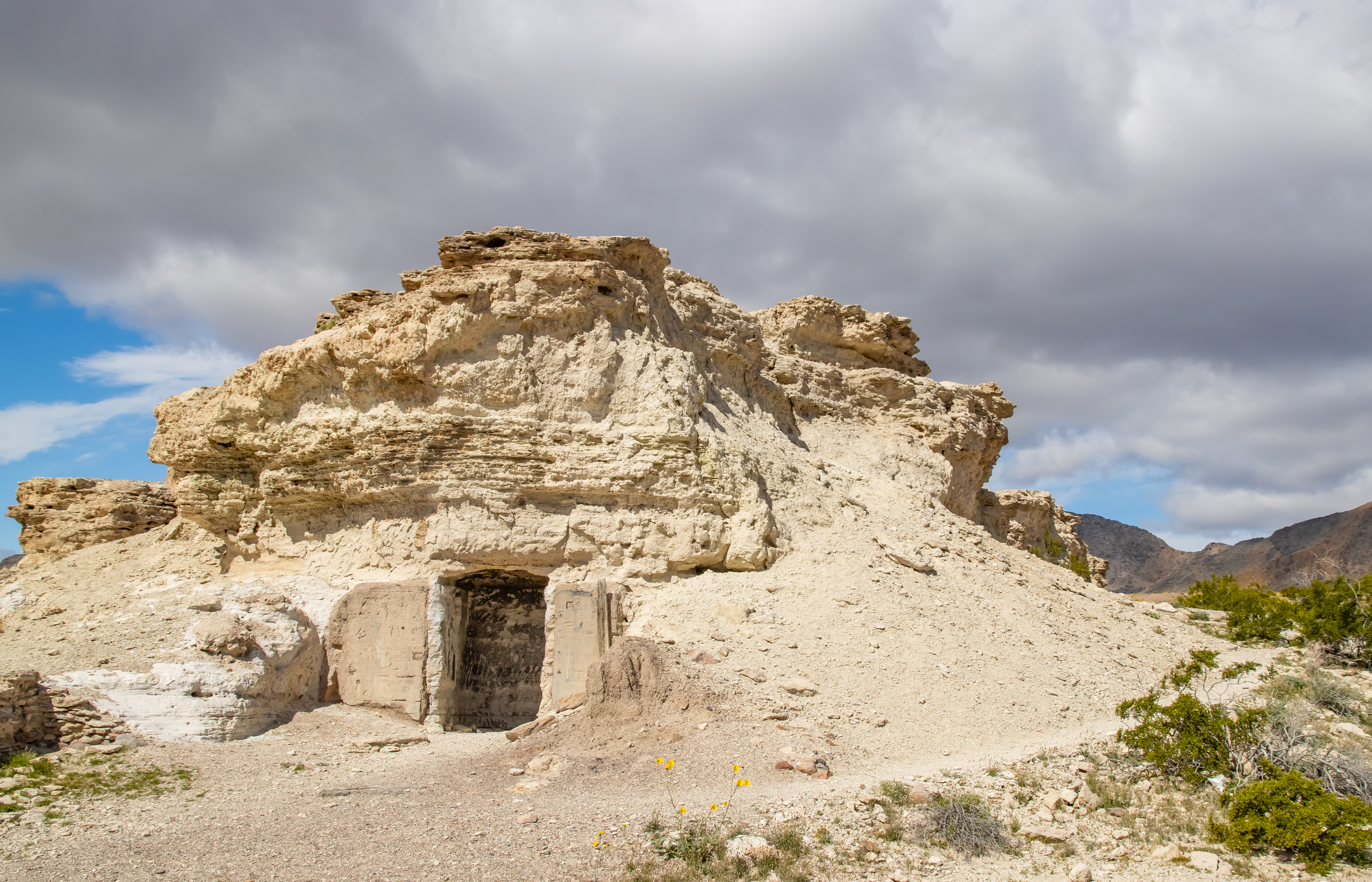
In 1953, Dublin Gulch resident Shorty O’Bannon witnessed a drunk woman shoot her husband in Shoshone. He drove home to report the crime, crashing his car due to his intoxication. The constable arrested Shorty, but he saved the shooting victim’s life.
“Papa Jim” Standing was Dublin Gulch’s last resident. He moved into the Ashfords’ cave following their death and lived there until the 1970s.
Death Valley Junction

Death Valley Junction, also known as Armagosa, started in 1907 as a stop on the Tonopah and Tidewater Railroad. Between 1923 and 1925, the Pacific Coast Borax Company built a hotel and theater.

In 1967, Marta Becket, a dancer and actress, purchased the town and refurbished the opera house. She performed until 2012. The Amargosa Opera House Incorporated now owns the theater, which produces special events and offers tours.


Ash Meadows Cemetery
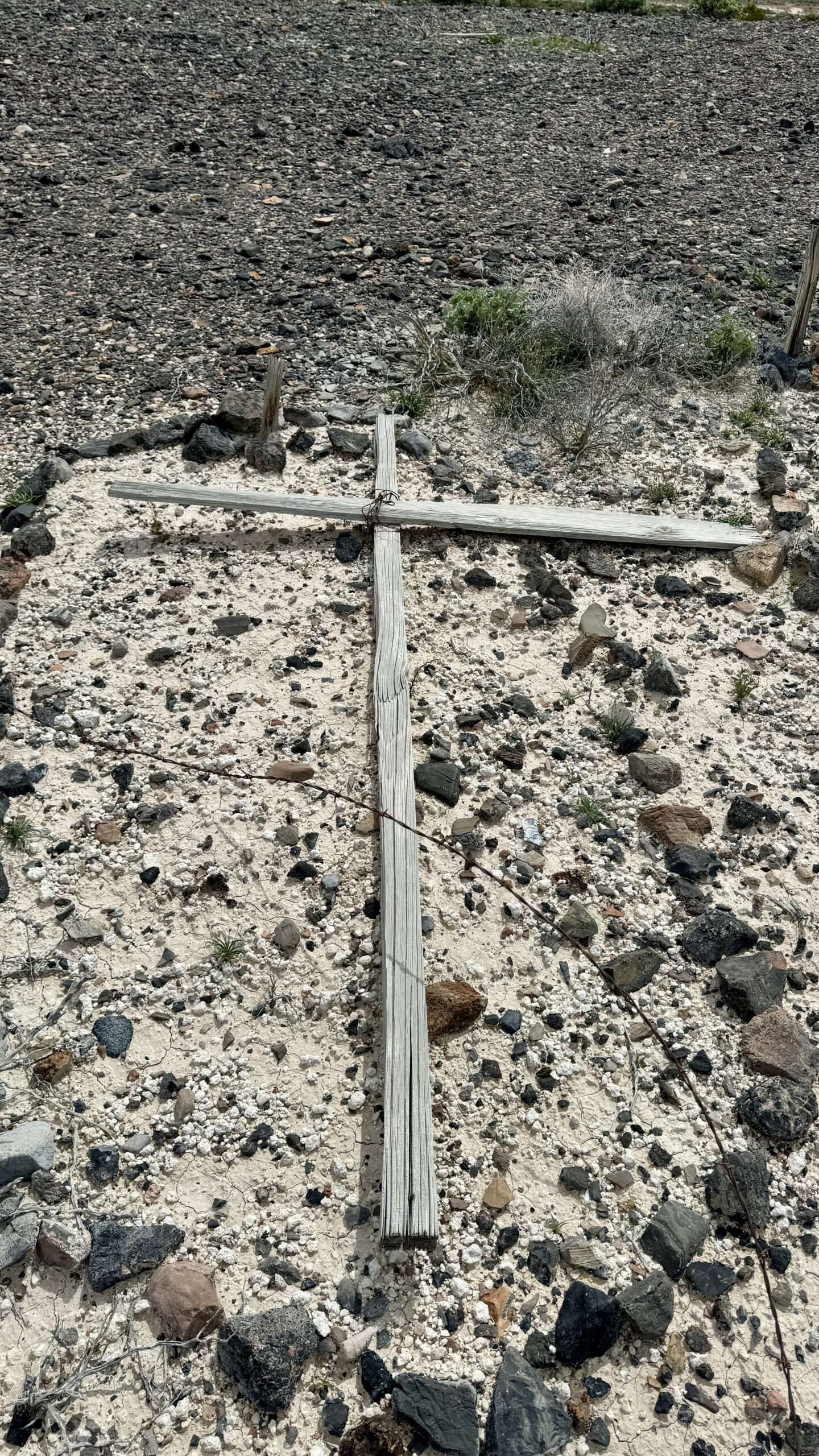
Nevada Expeditions had heard of a little-known cemetery in what is now Ash Meadows National Wildlife Refuge. Springs make Ash Meadows a habitat rare fish, plants, snails, and insects.
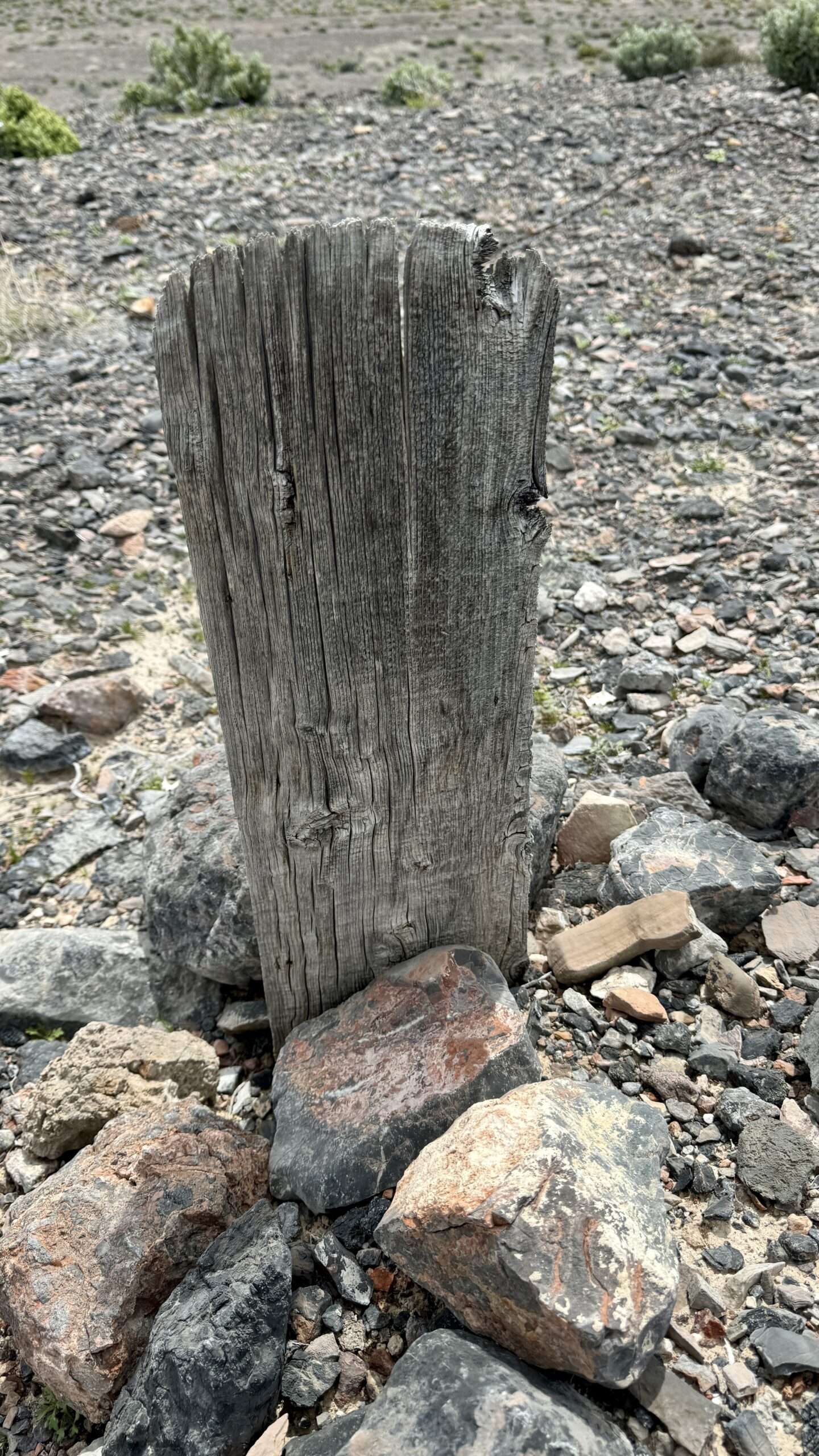
We found the cemetery, but there is sparse information about its history.
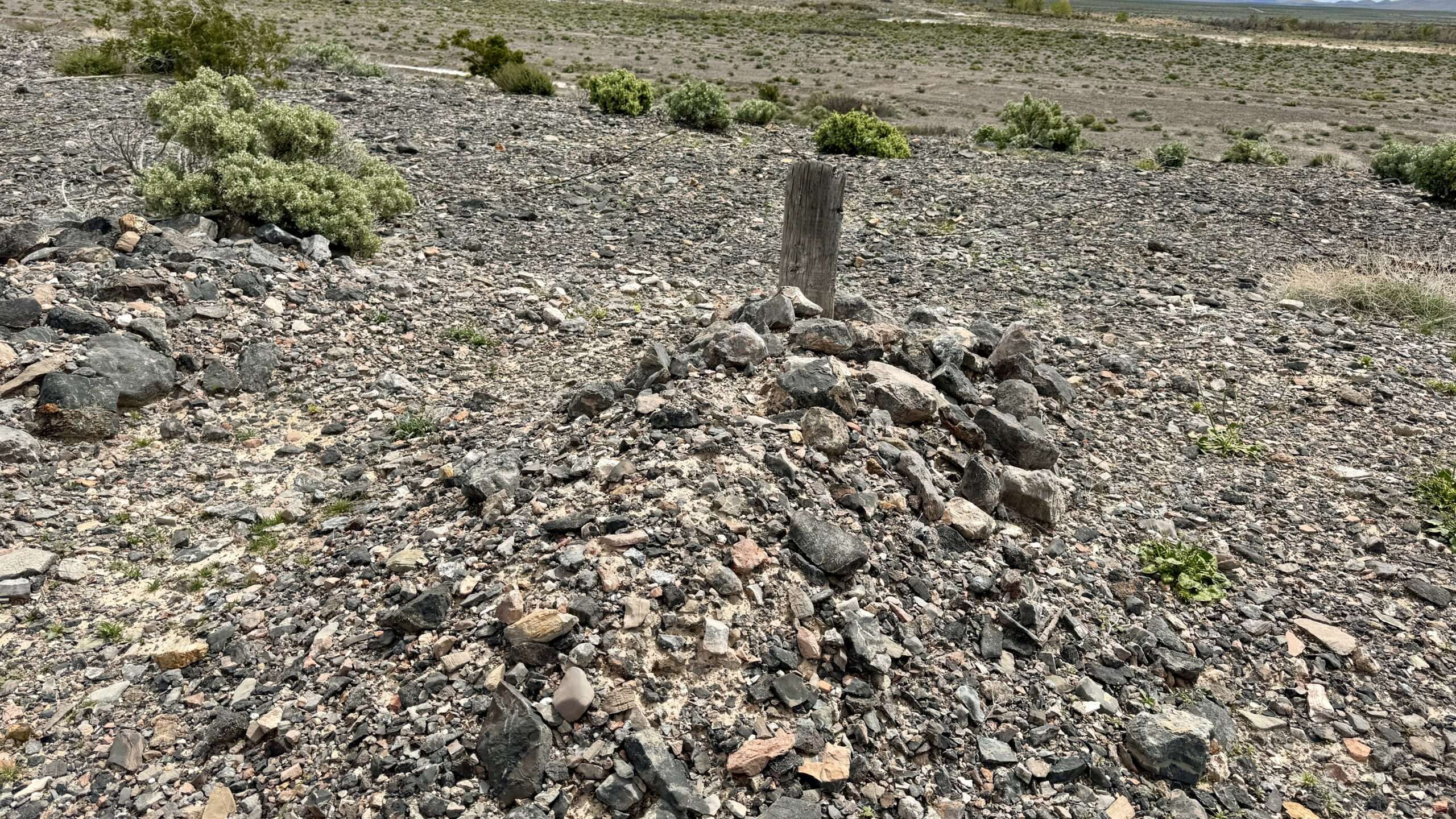
Devil’s Hole

Devil’s Hole is part of Death Valley National Park but is surrounded by Ash Meadows. It is a geothermal pool and home to the Devil’s Hole Pupfish. Two scuba divers ventured into the cave but never returned, and rescue and recovery efforts were futile. The hole is only visible from an enclosed walkway.


(Photo credit: Wikipedia)
Longstreet Cabin
Wanting a secluded cabin, Jack Longstreet found a freshwater spring with a cave in the spring mound. Wanting a larger living space, he enlarged the cave and added a cabin using the mound as the back of the cabin. Jack lived in the cabin with his second wife, Susie, from 1895 to 1899.
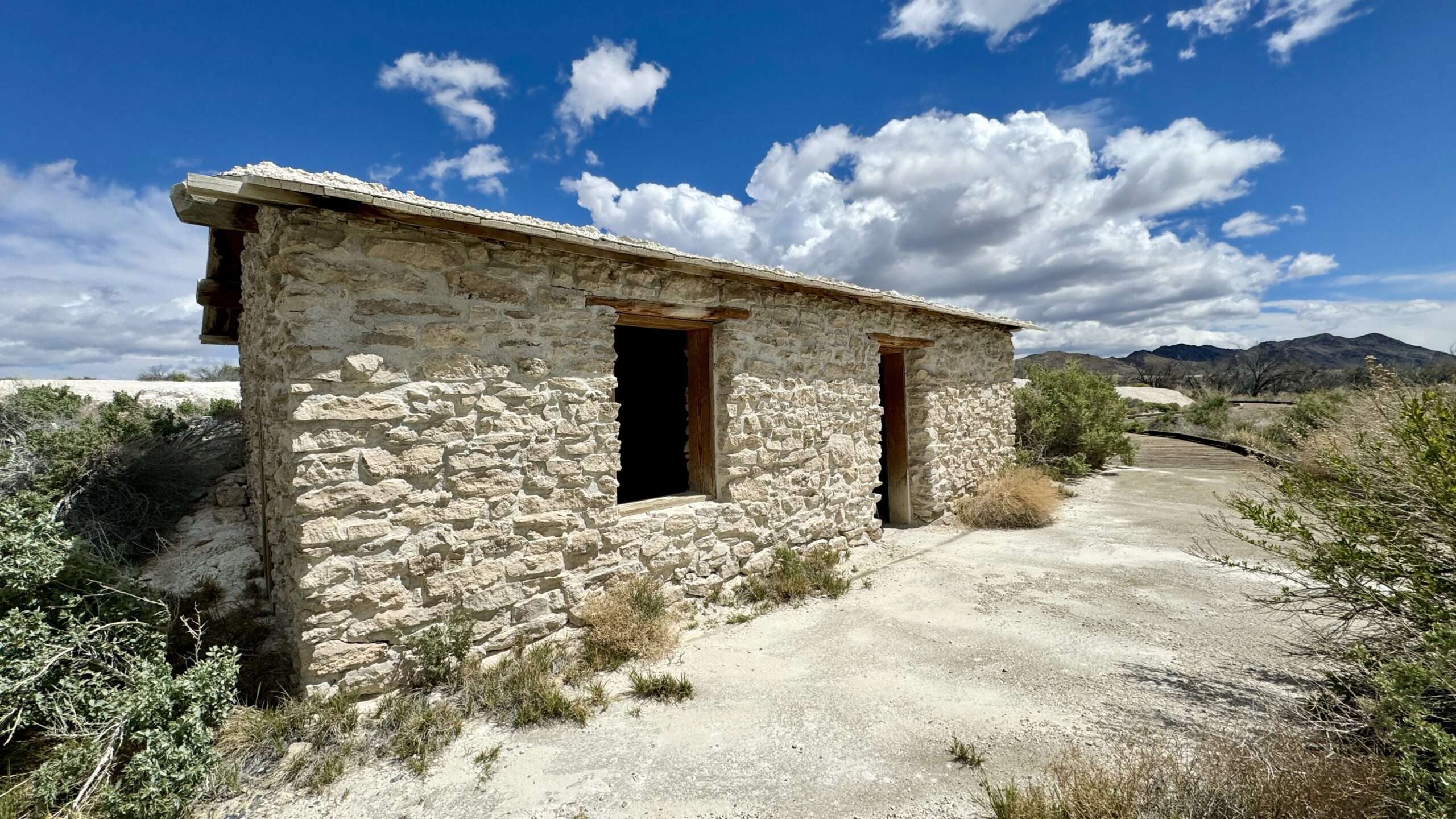
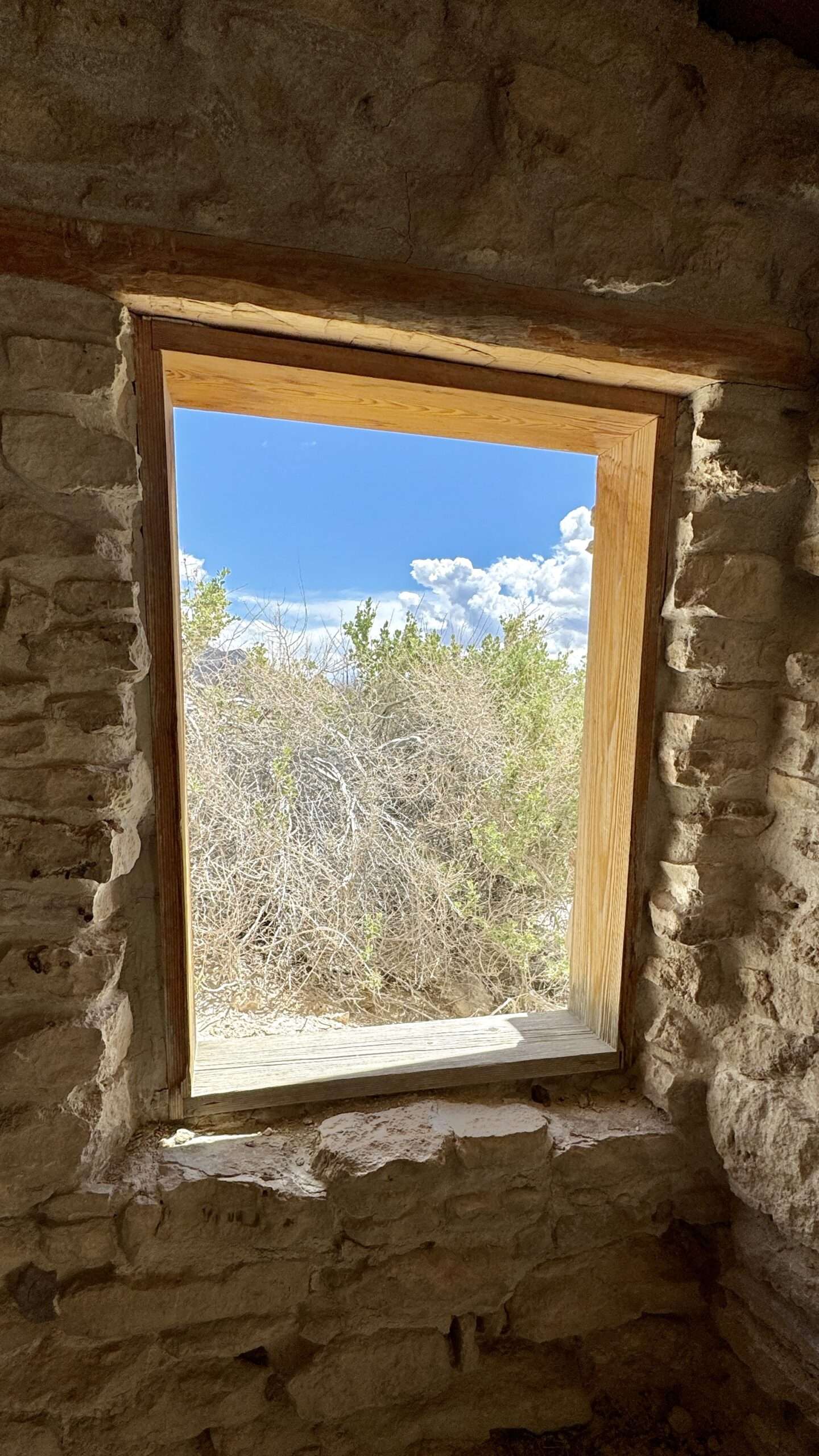
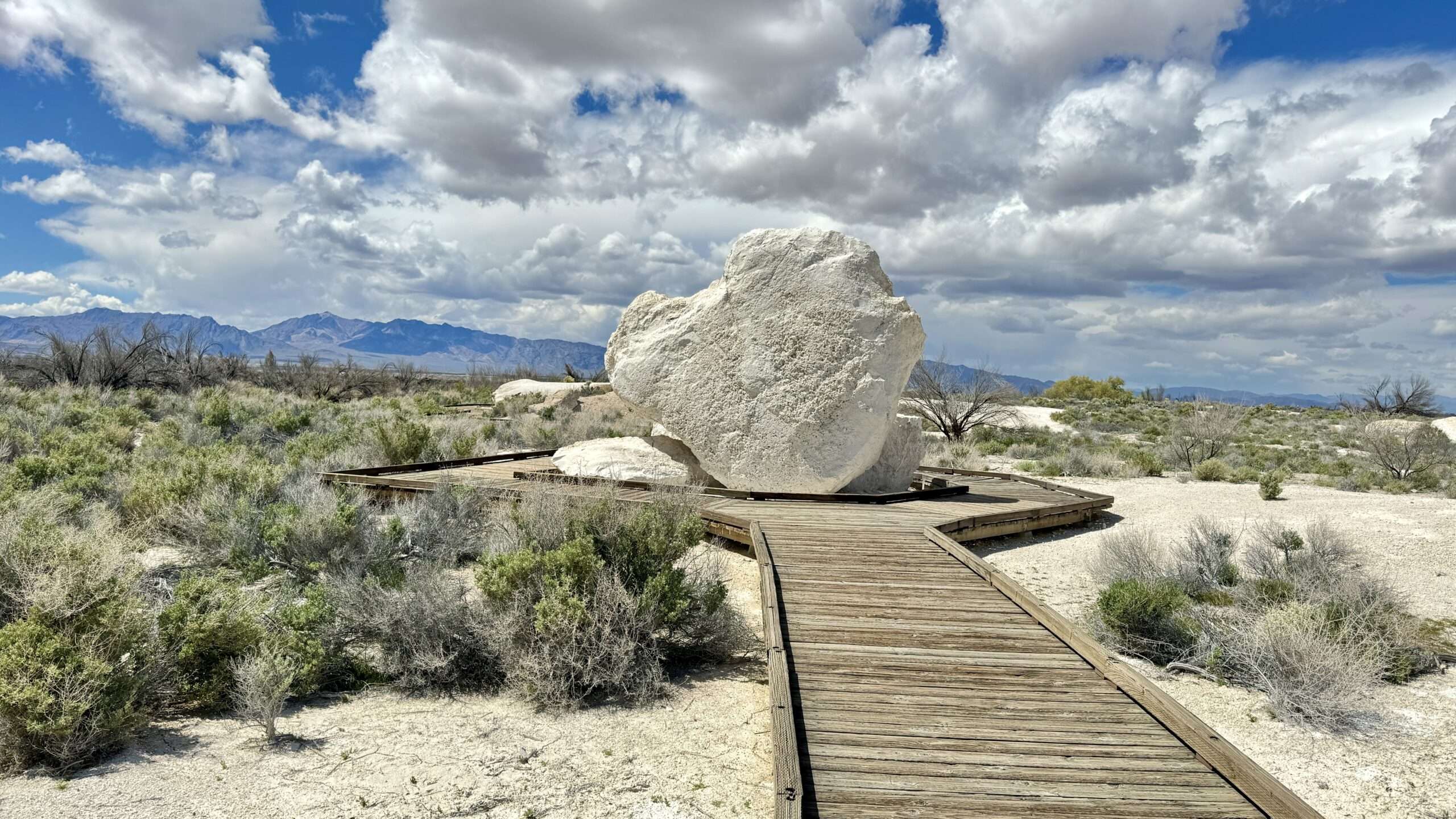
WANT MORE GHOST TOWNS?
For information on more than five hundred ghost towns in Nevada & California, visit the Nevada Ghost Towns Map or a list of Nevada ghost towns.
Learn about how to visit ghost towns safely.

References
Follow me on social media:
Richard Mcgrew says
I see you finally got to visit Dublin Gulch. I mentioned this spot to you back in March. I said you going to try to visit.
QUITE INTERESTING.
Tami says
Such an unusual and amazing site!
Tim Connacher says
As a member of E Clampus Vitus I have been to many of these sites….but you have shown me many more I need to go and explore. I enjoy your posts….Happy Travels! History surrounds us, we just need to seek it out.
Tami says
I’m glad you found some new places to explore. I love ECV markers; you always have an interesting history. I loo forward to what you find!
And I totally agree, history is all around us we we look.